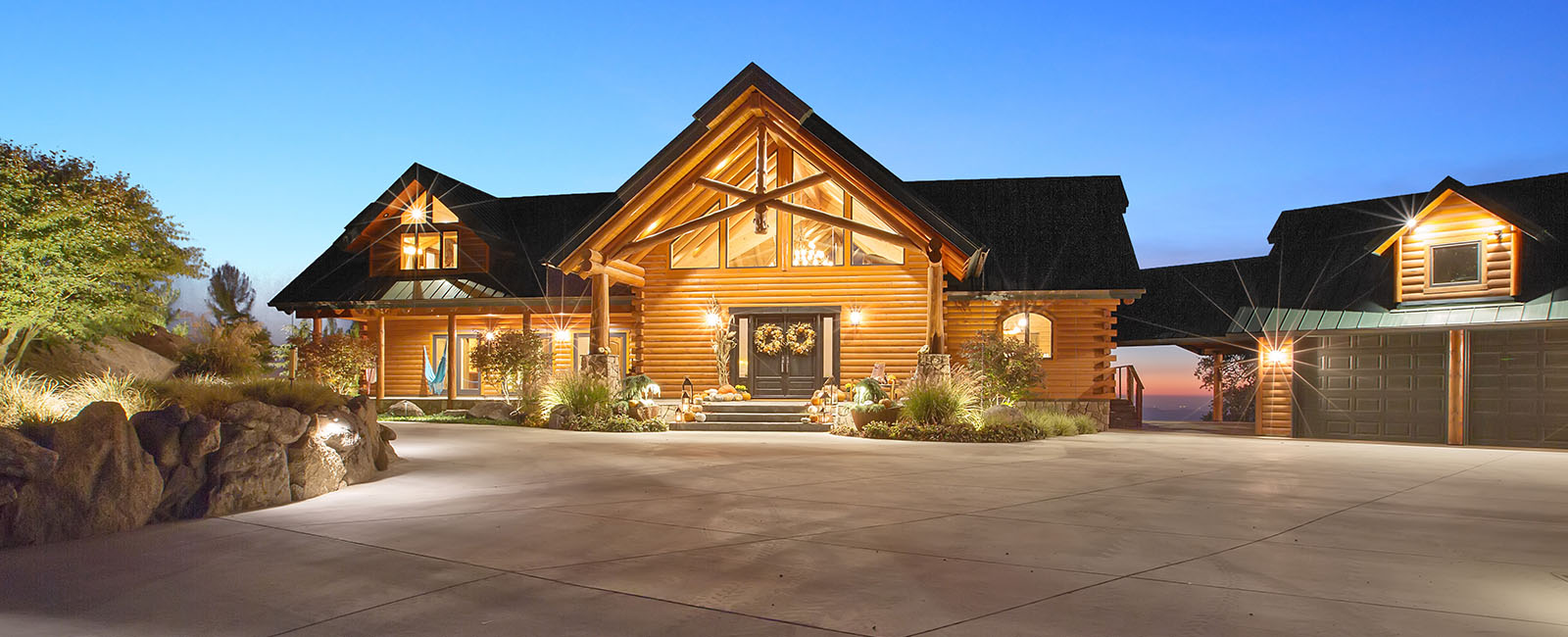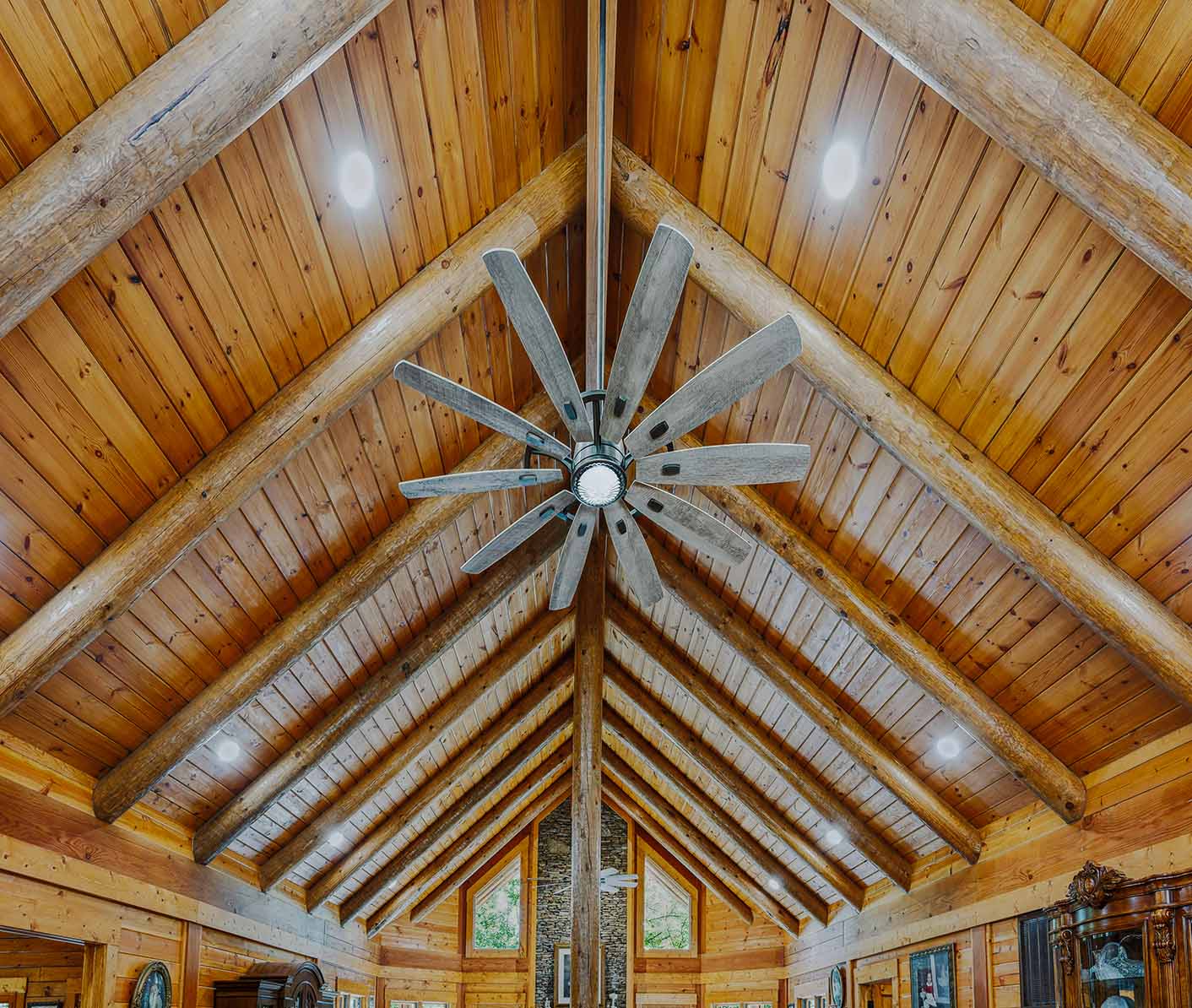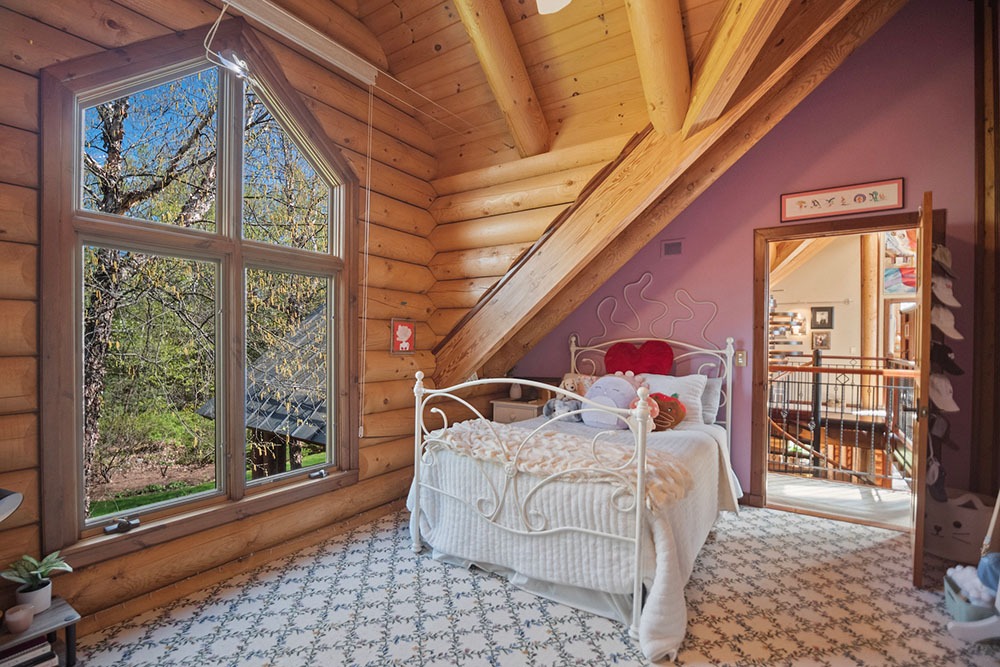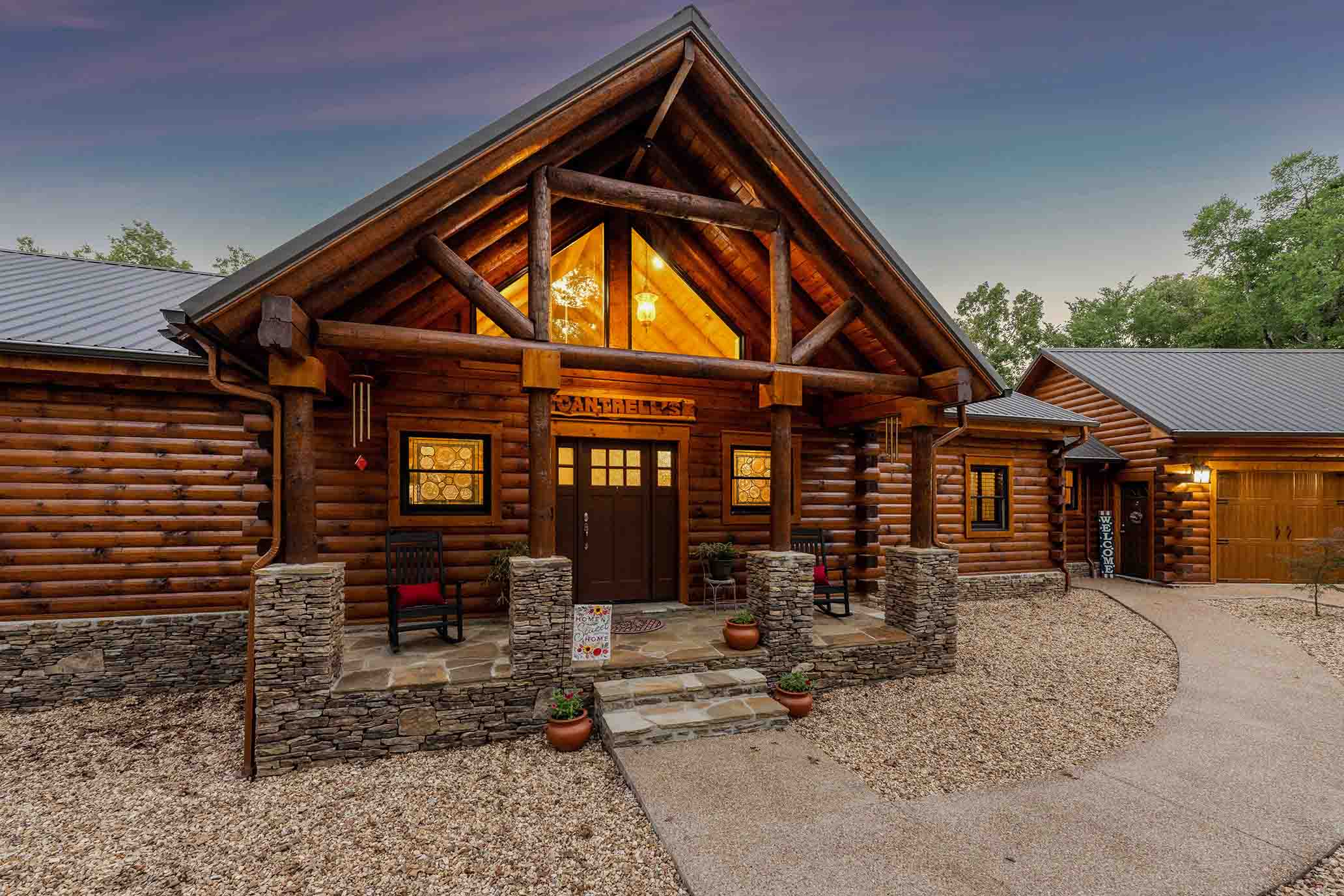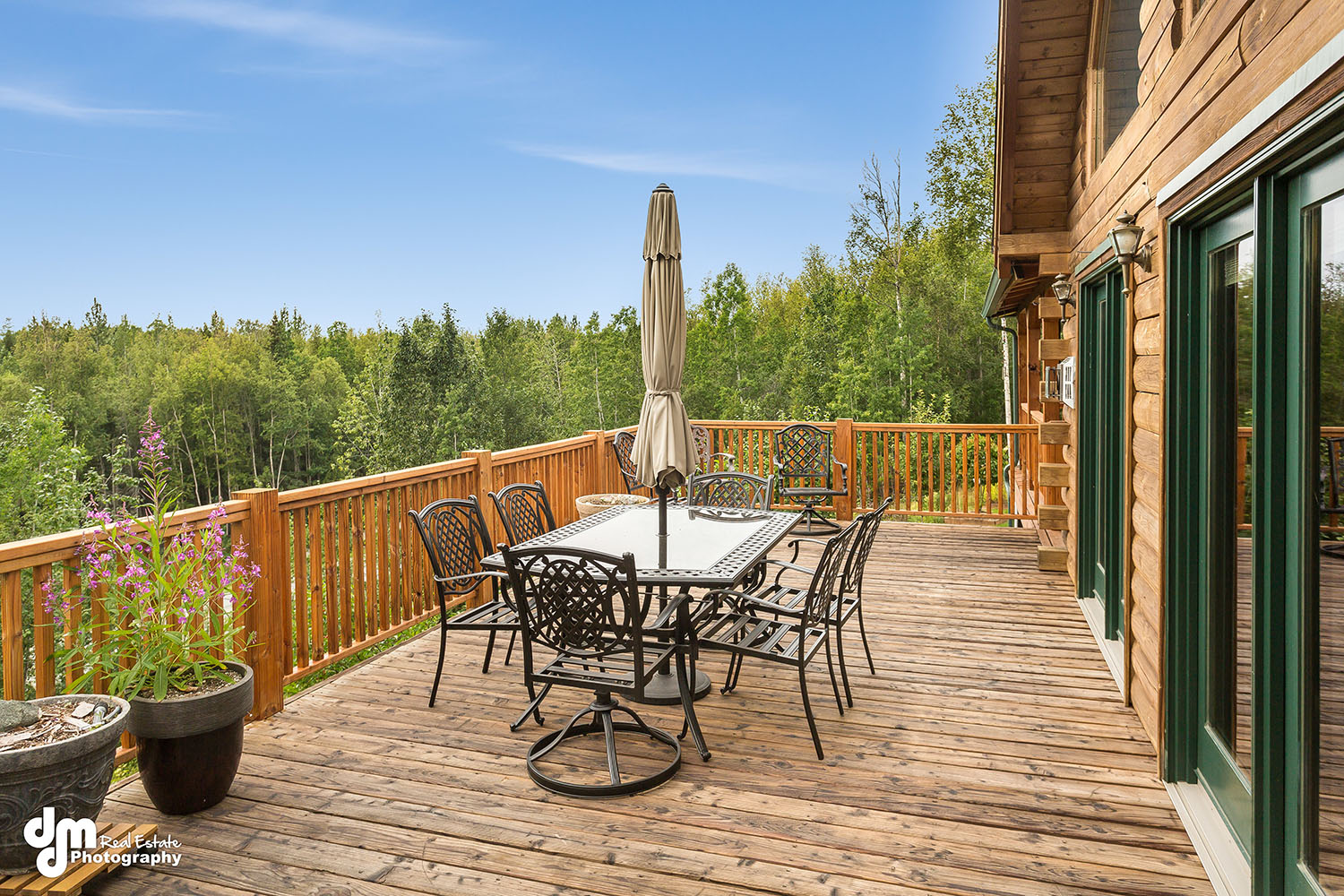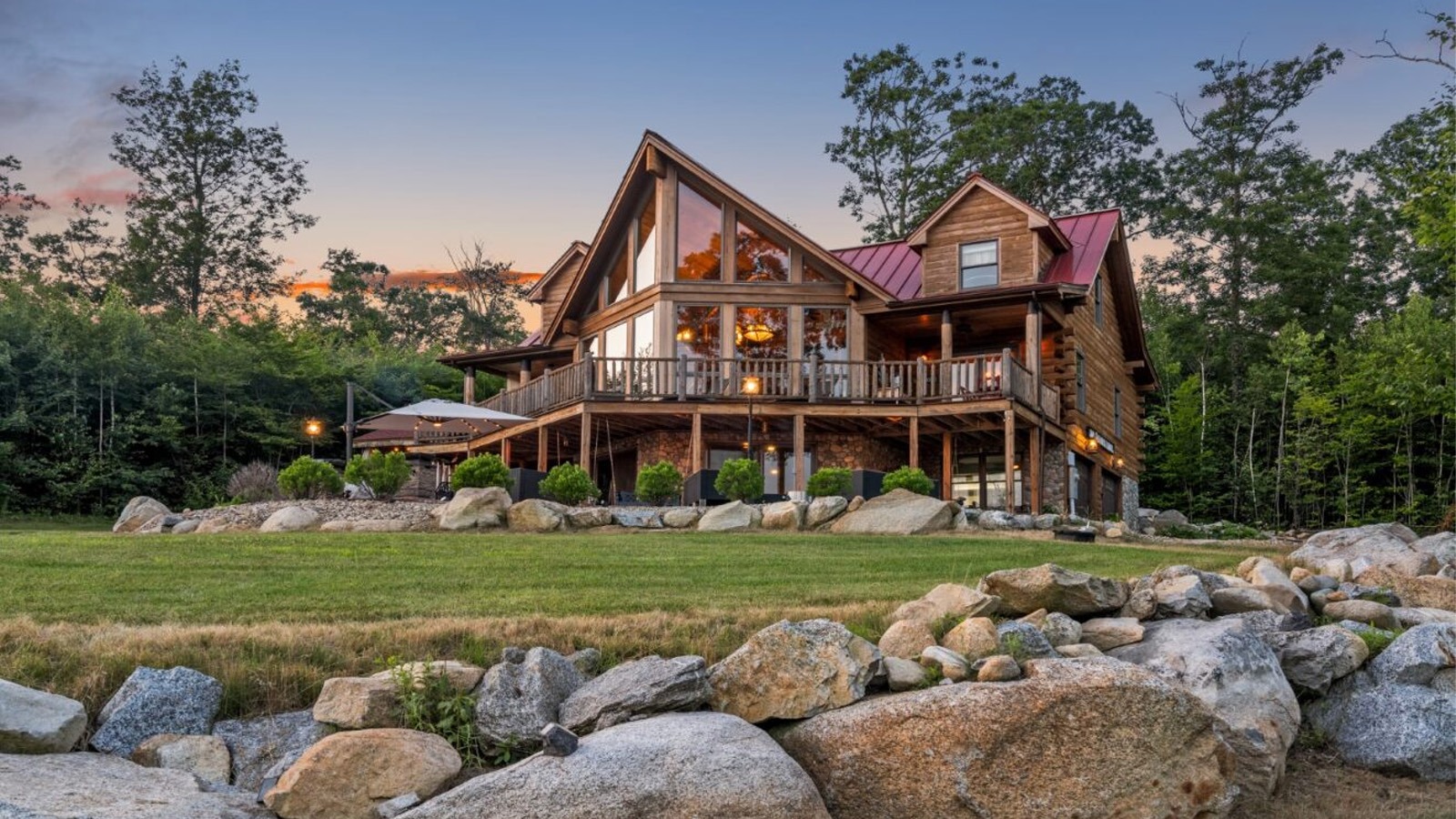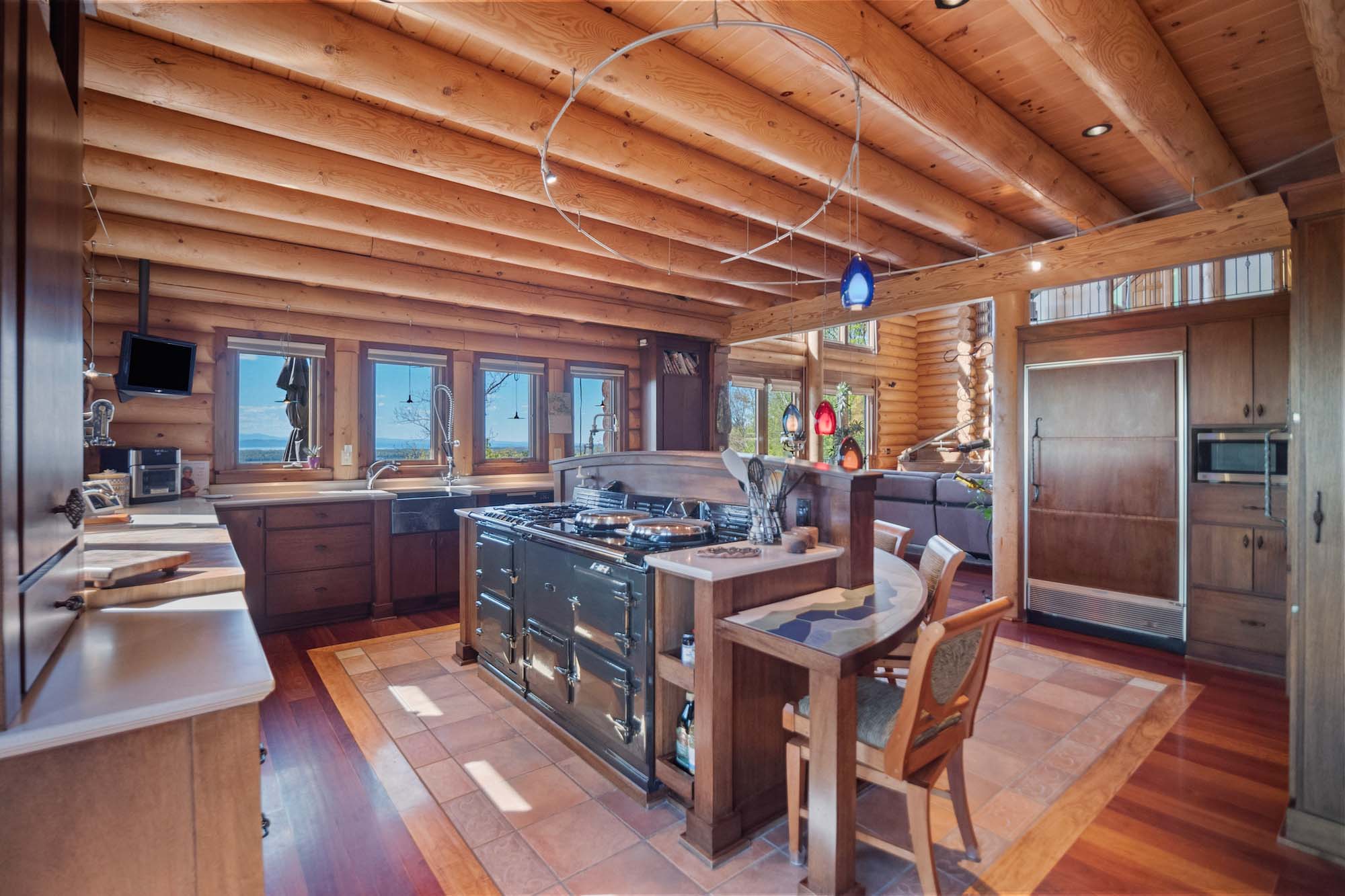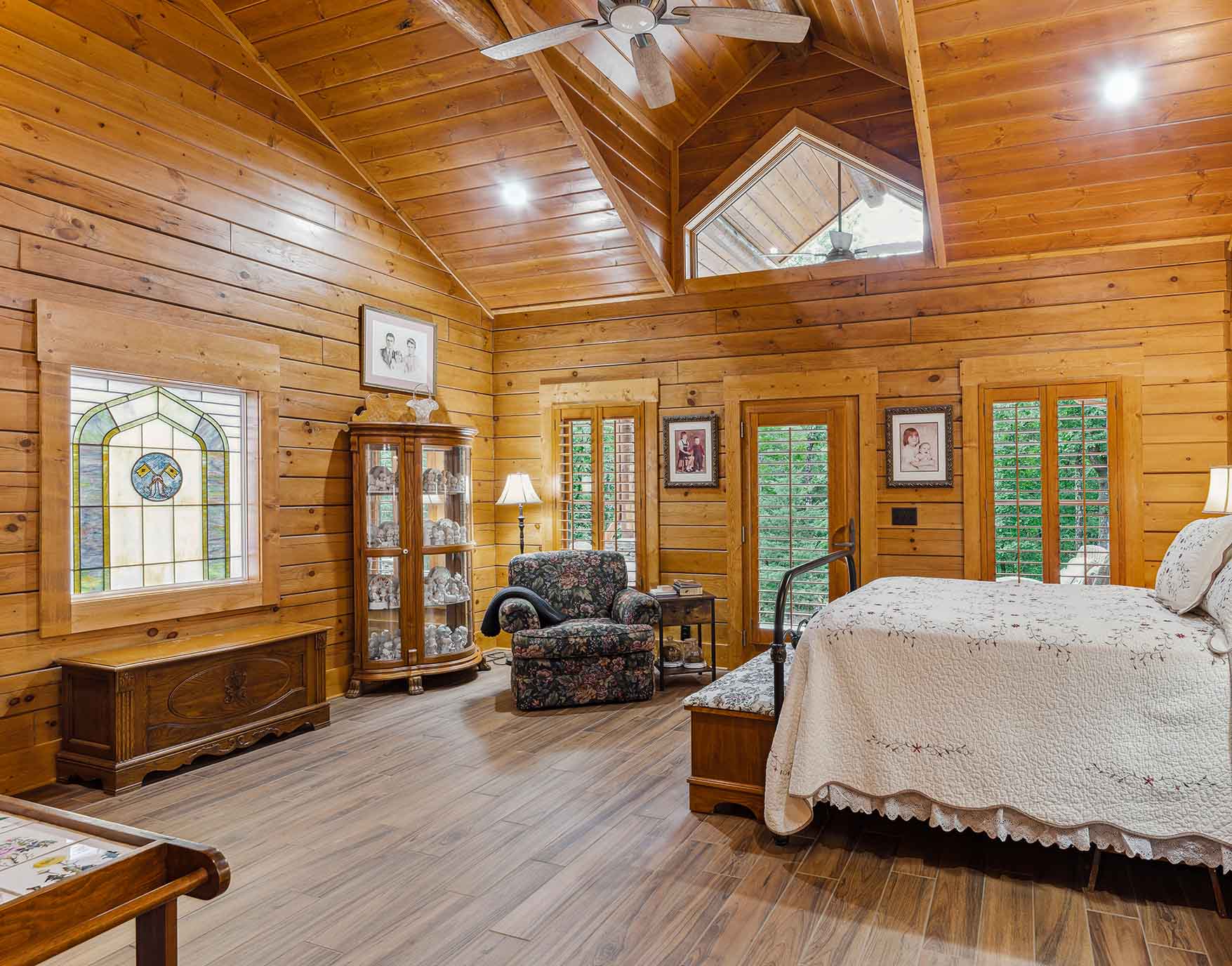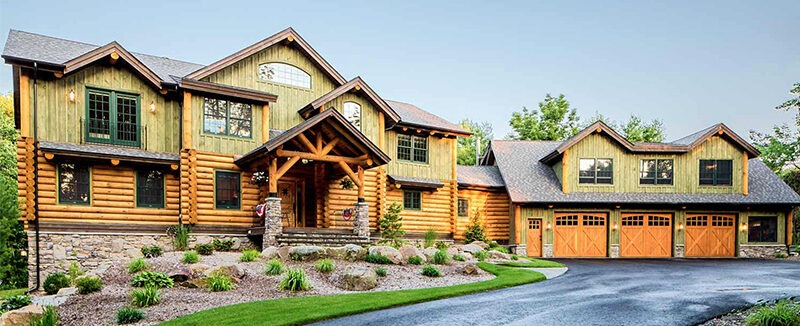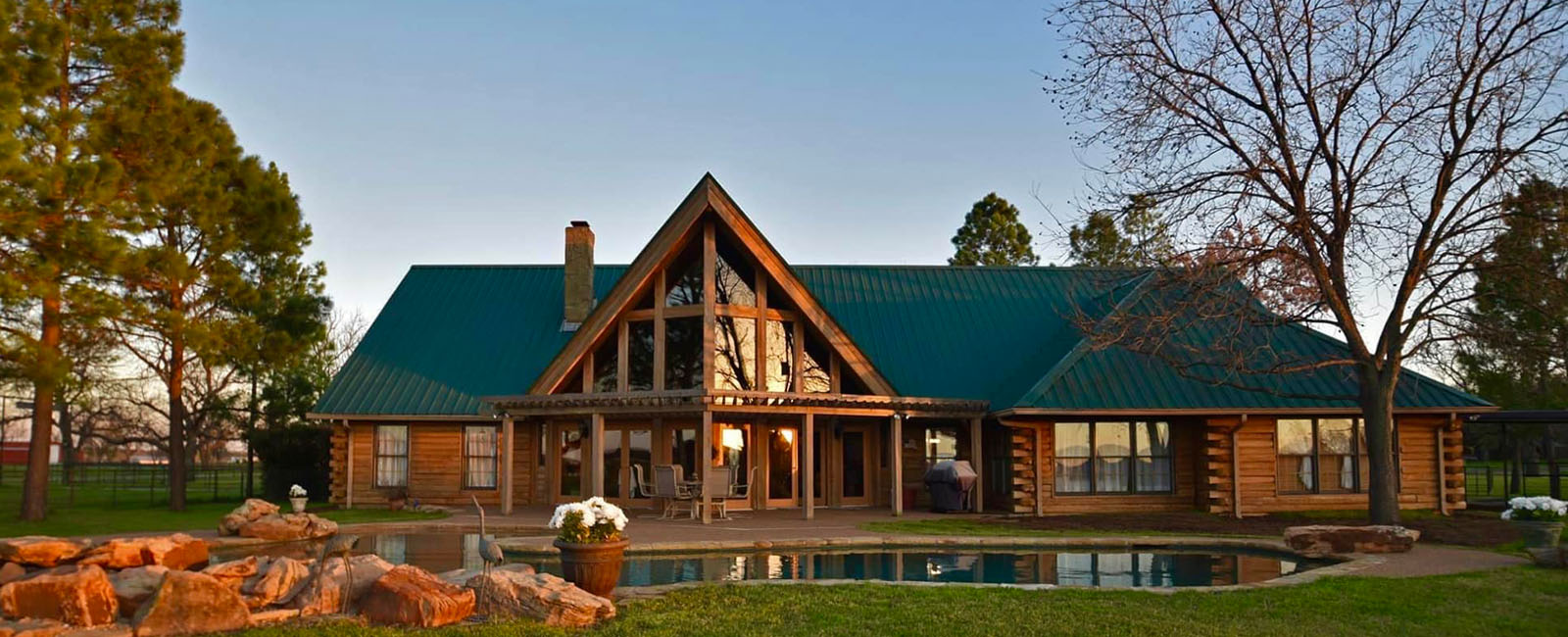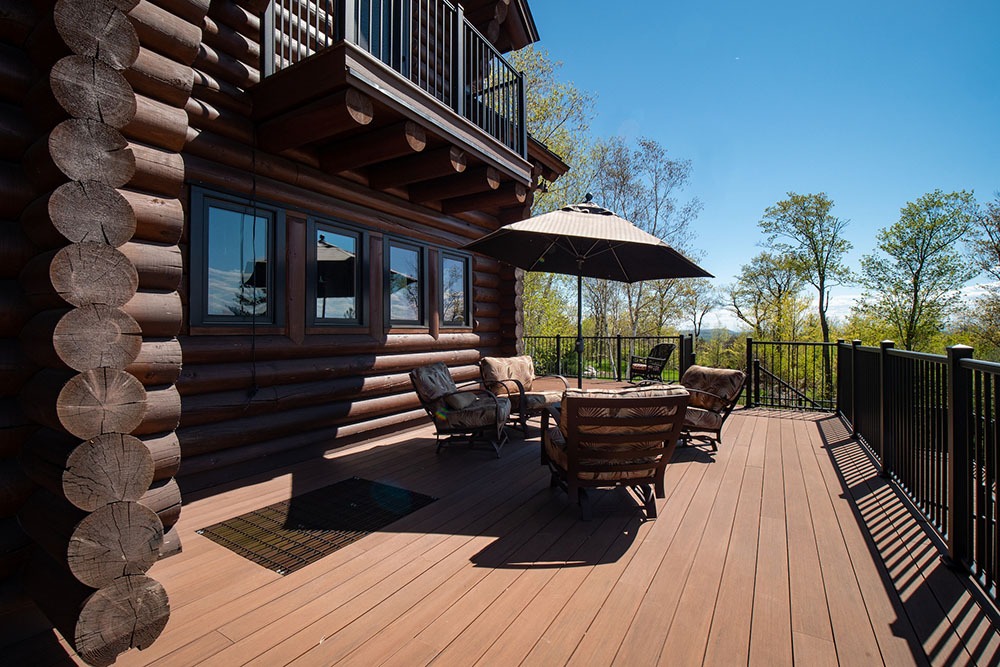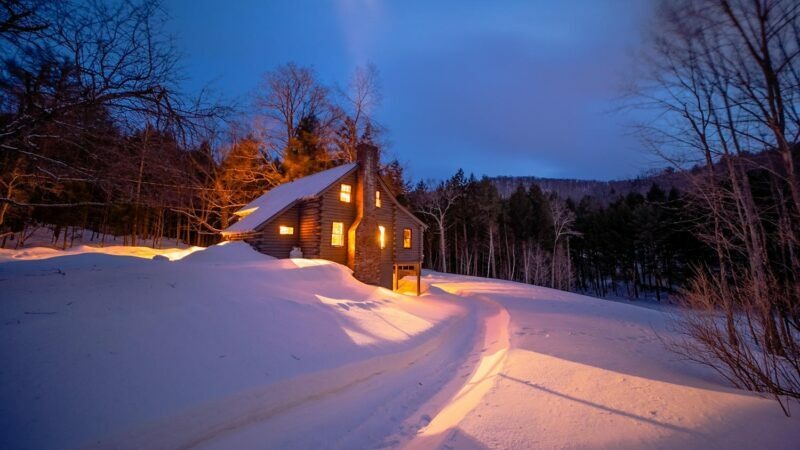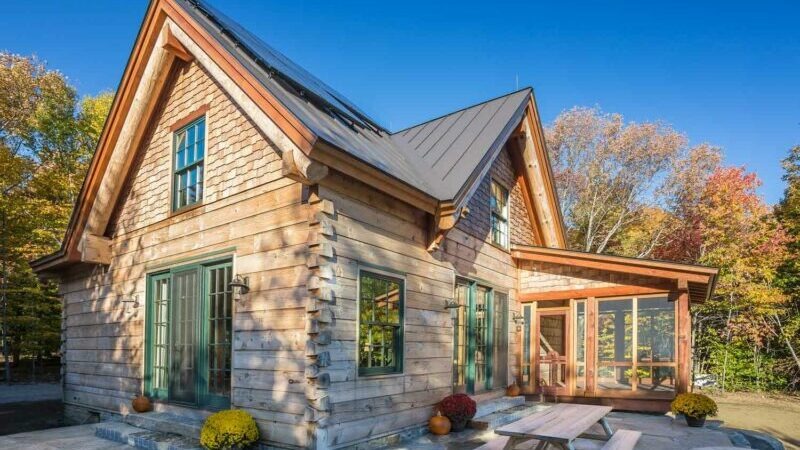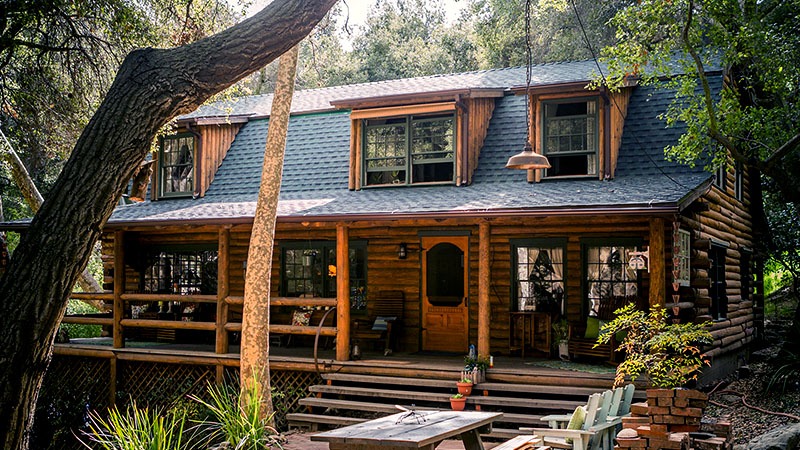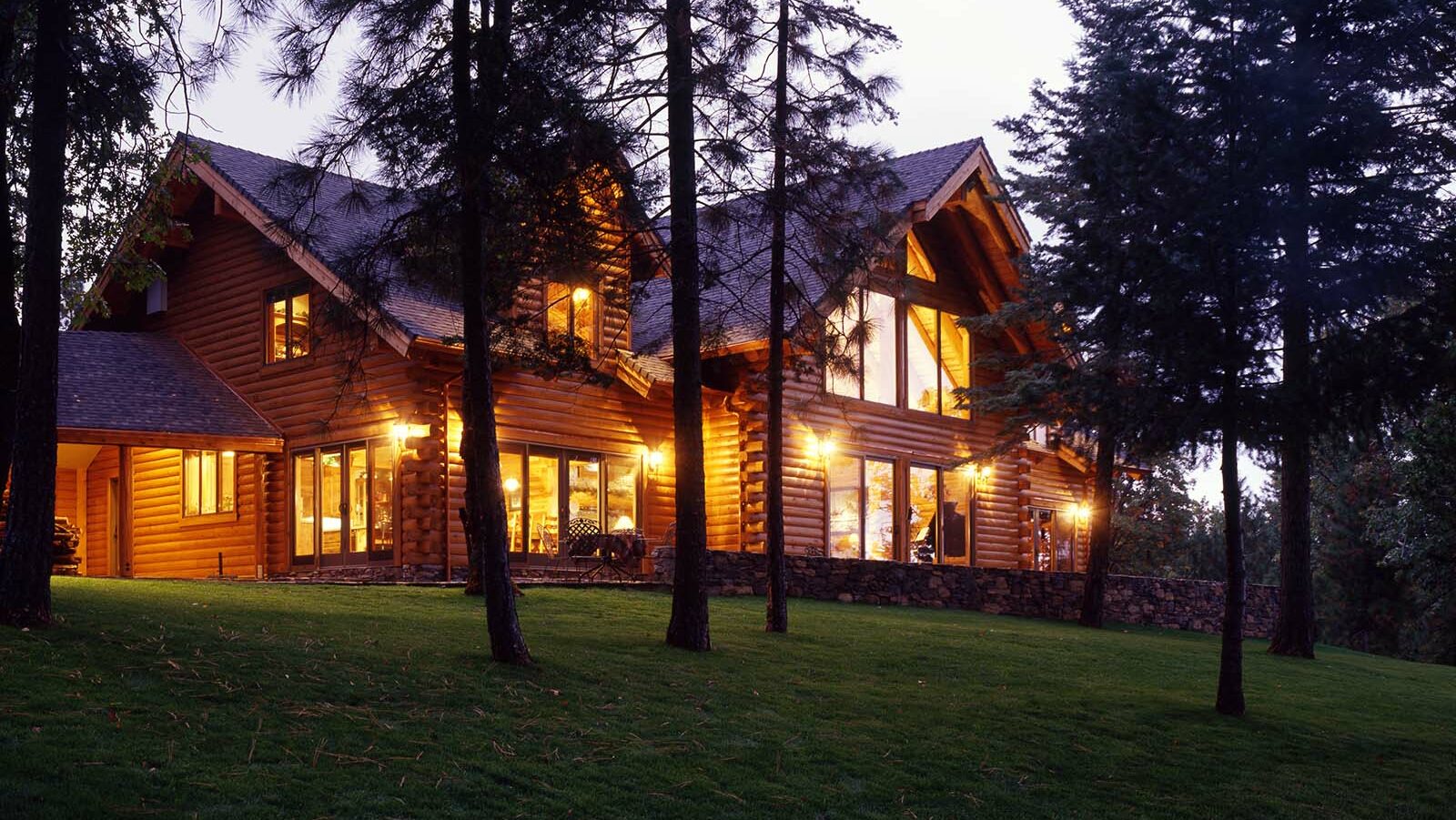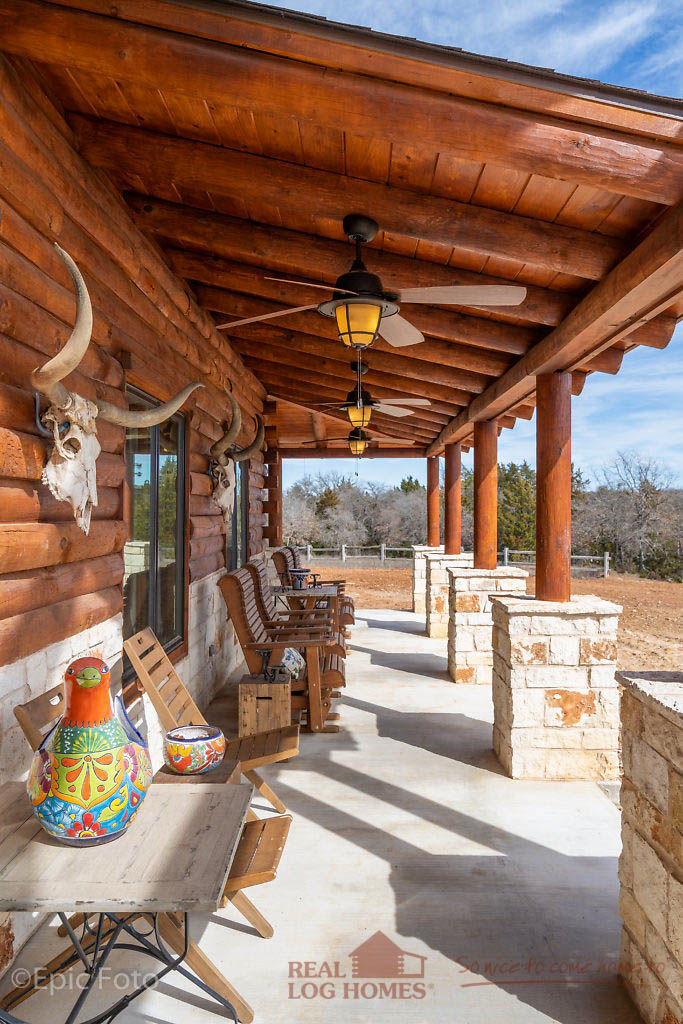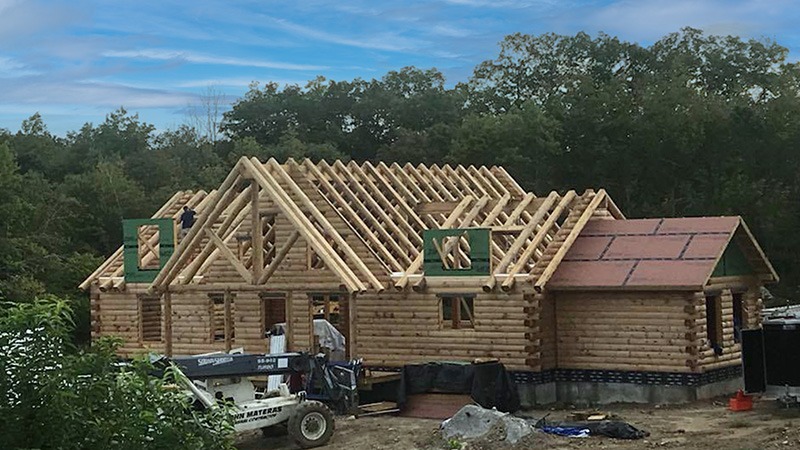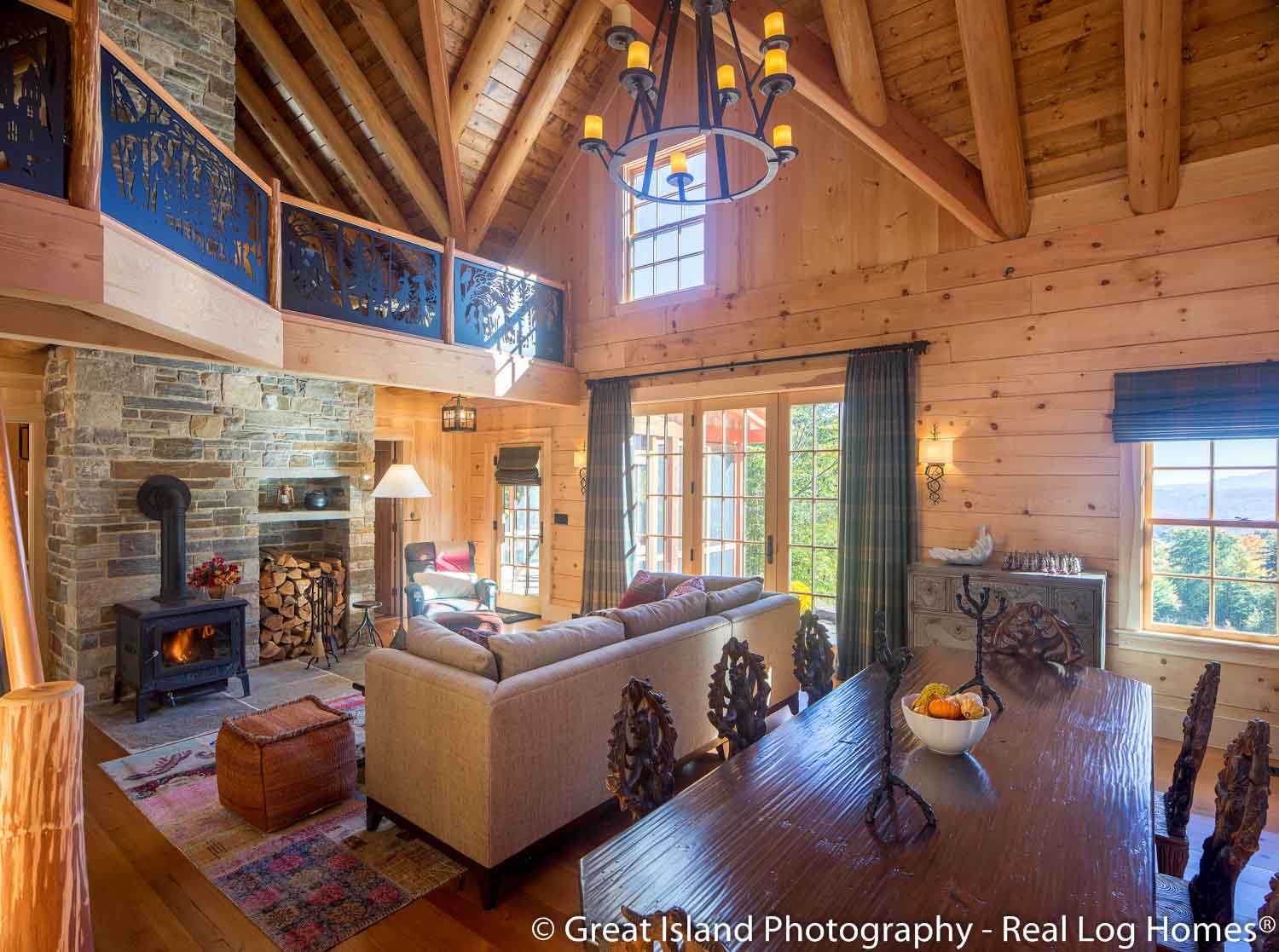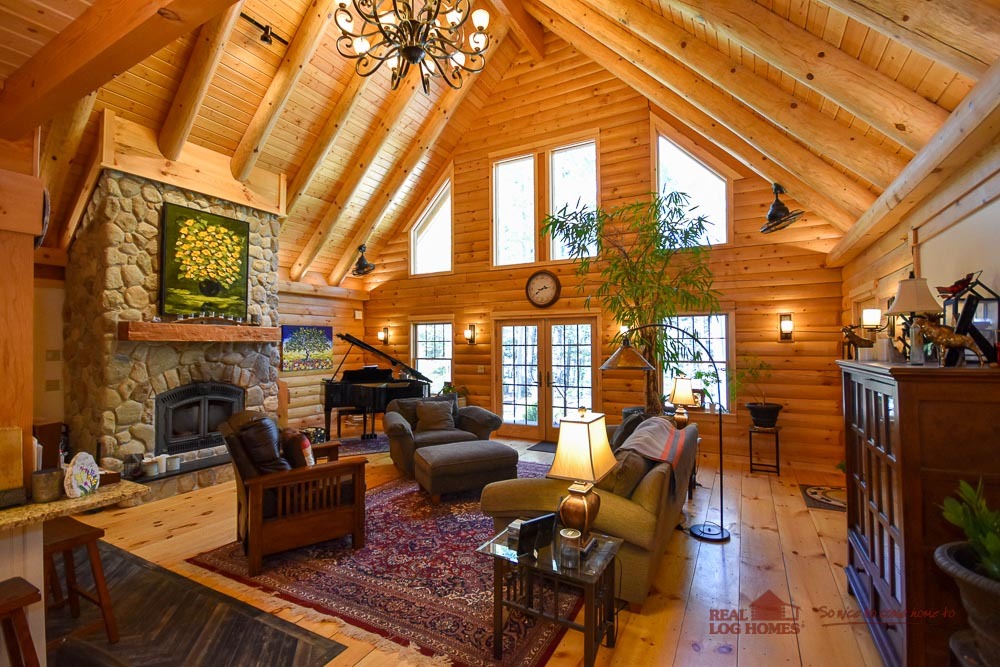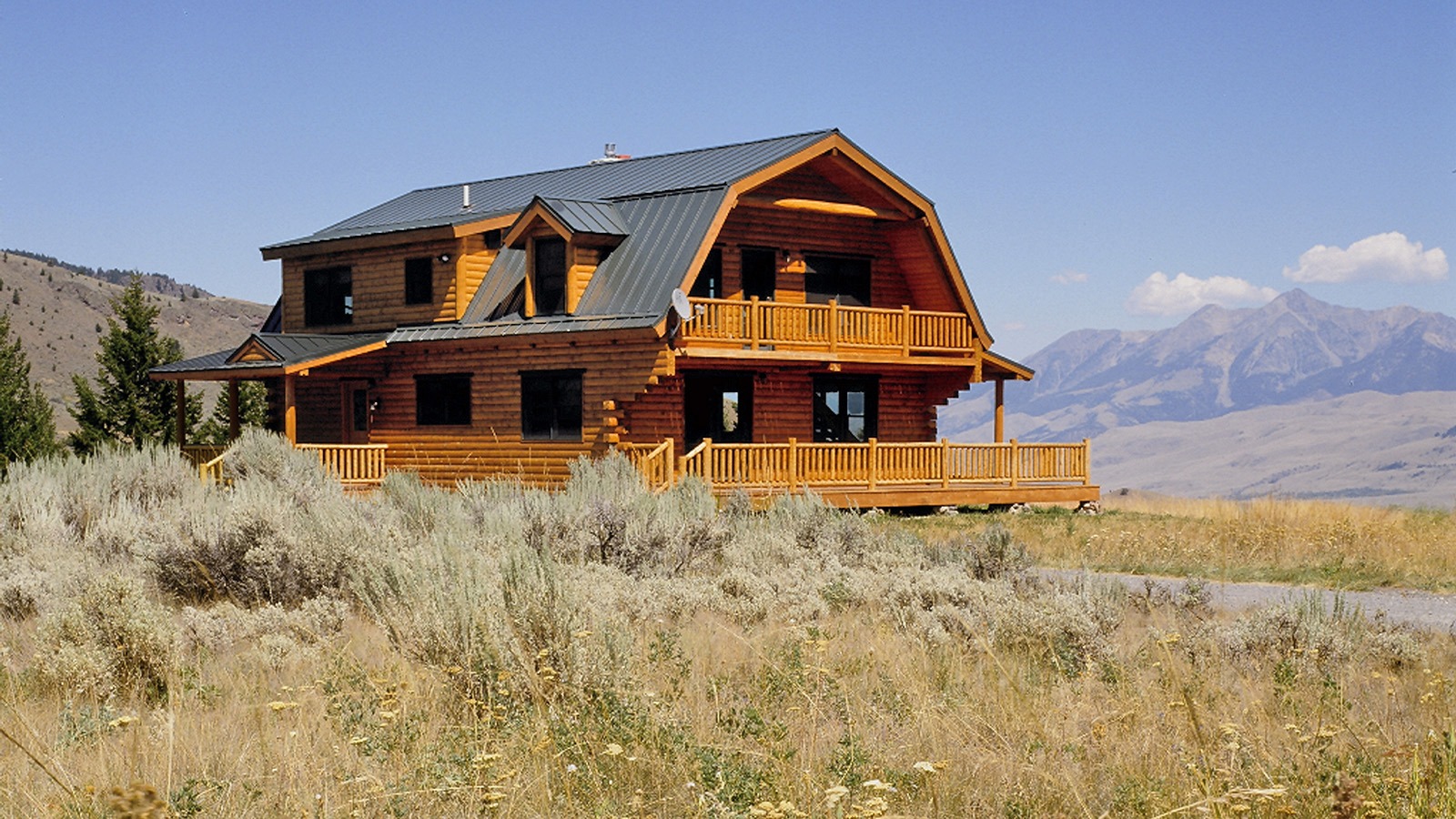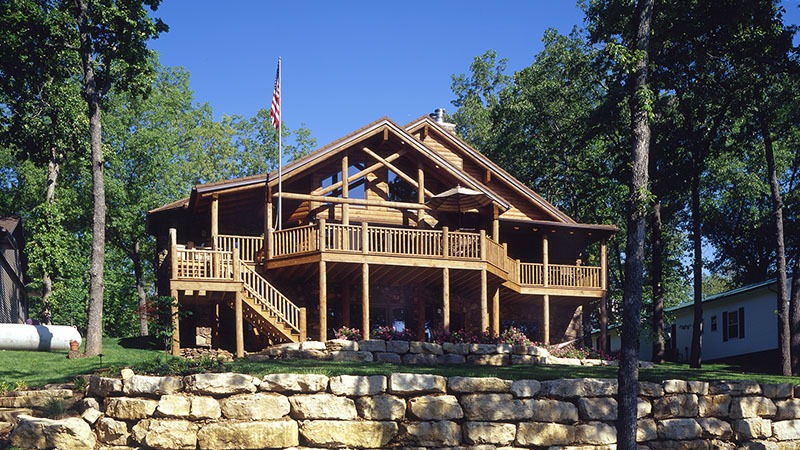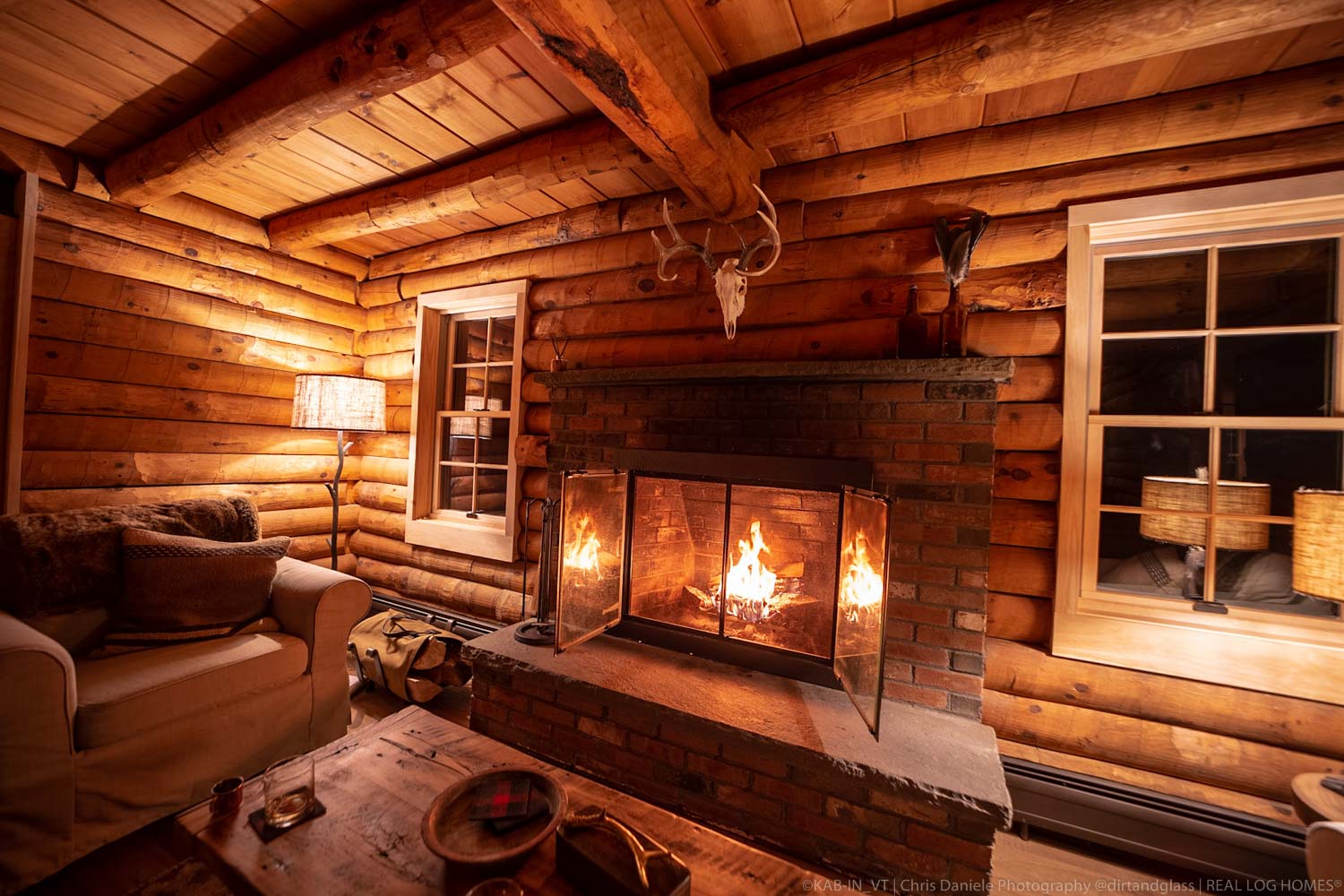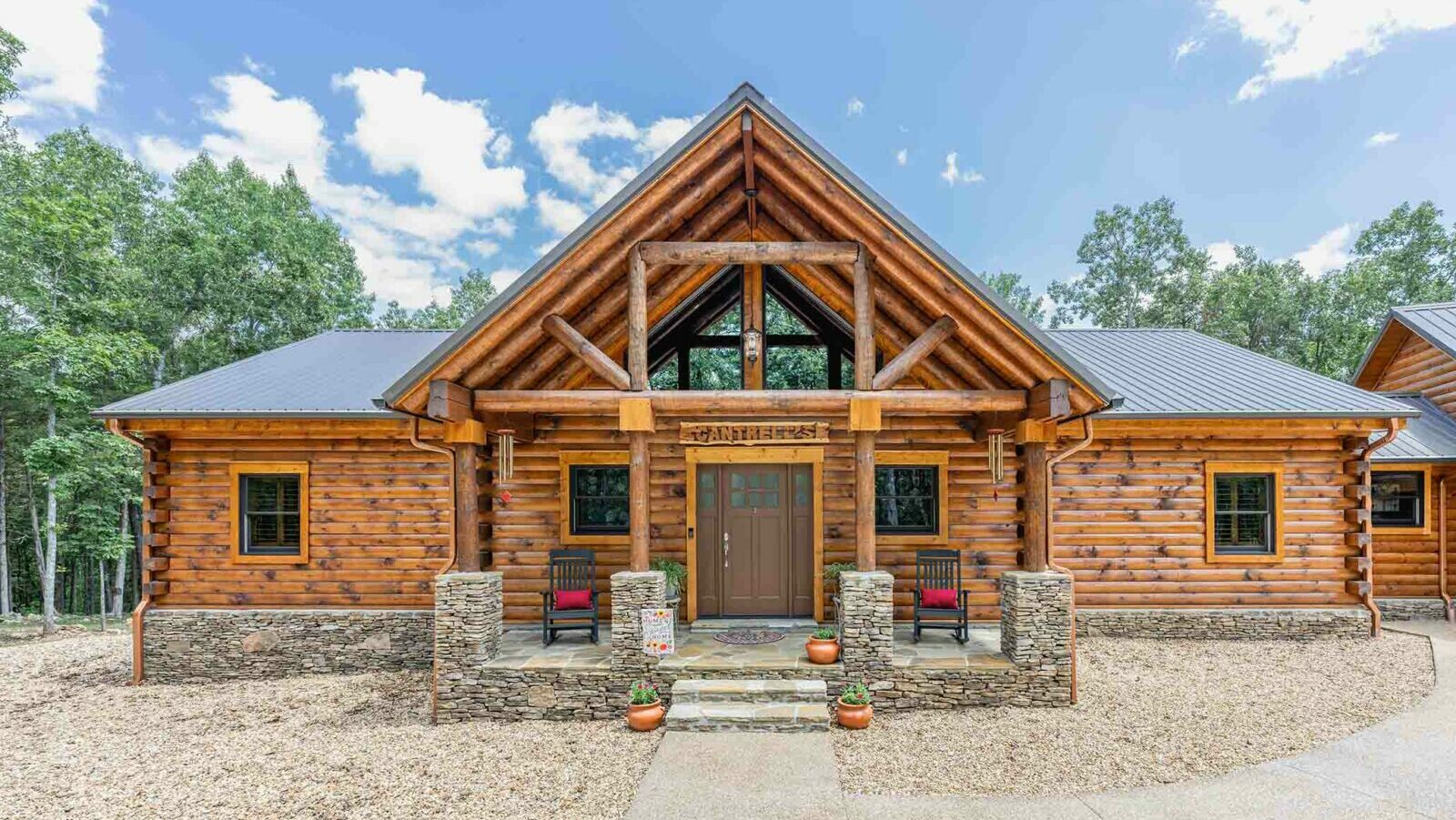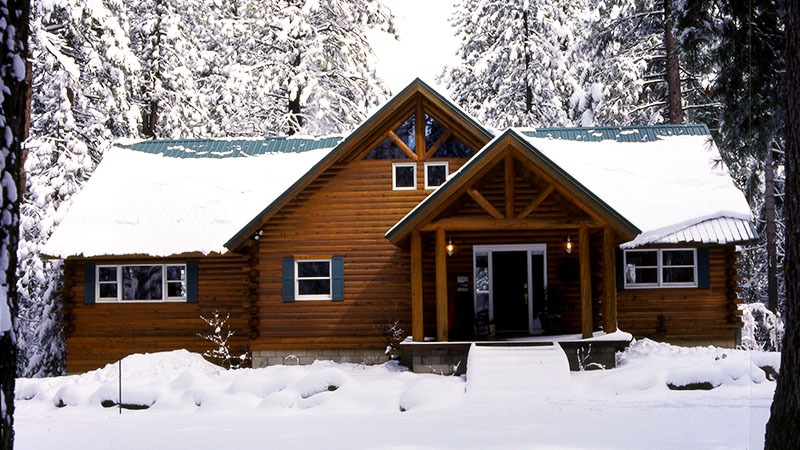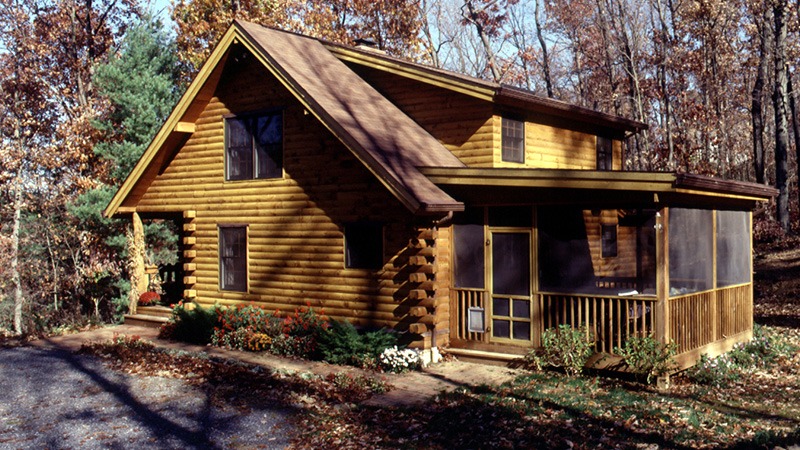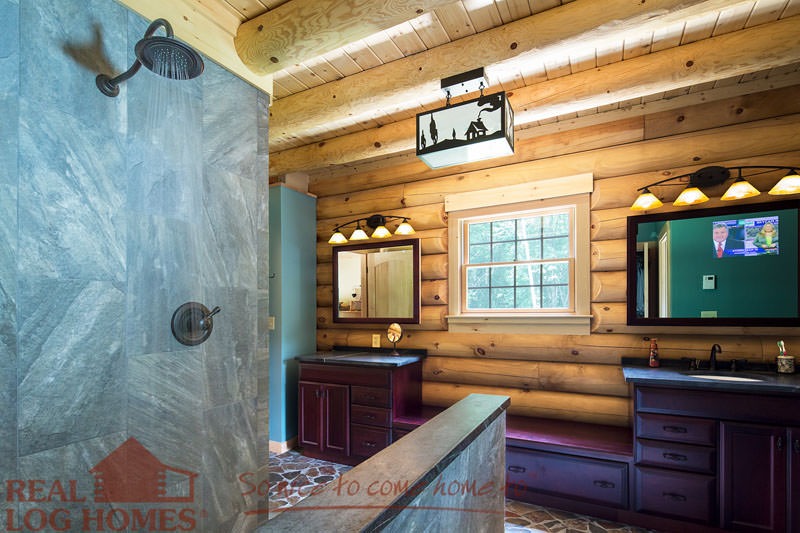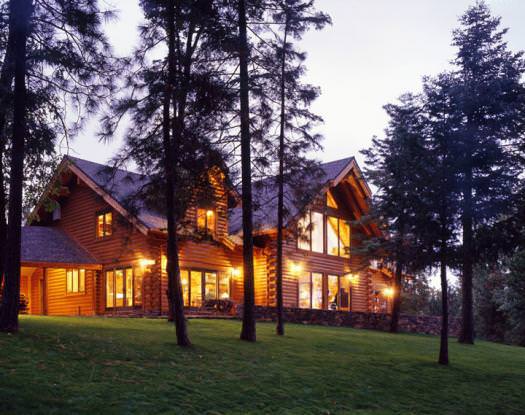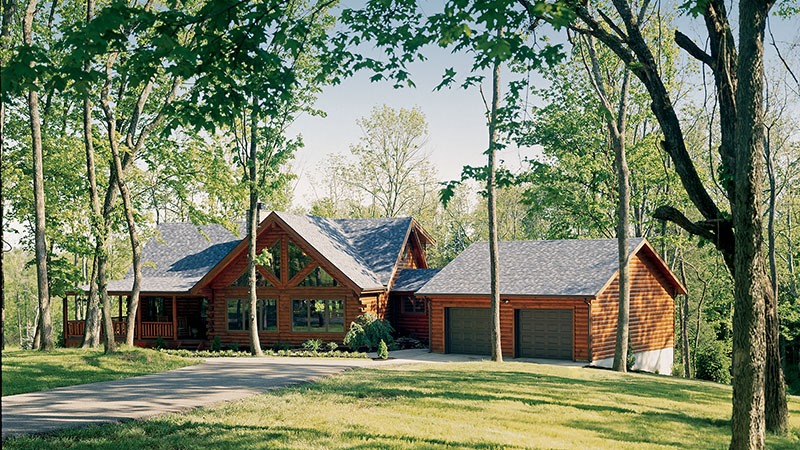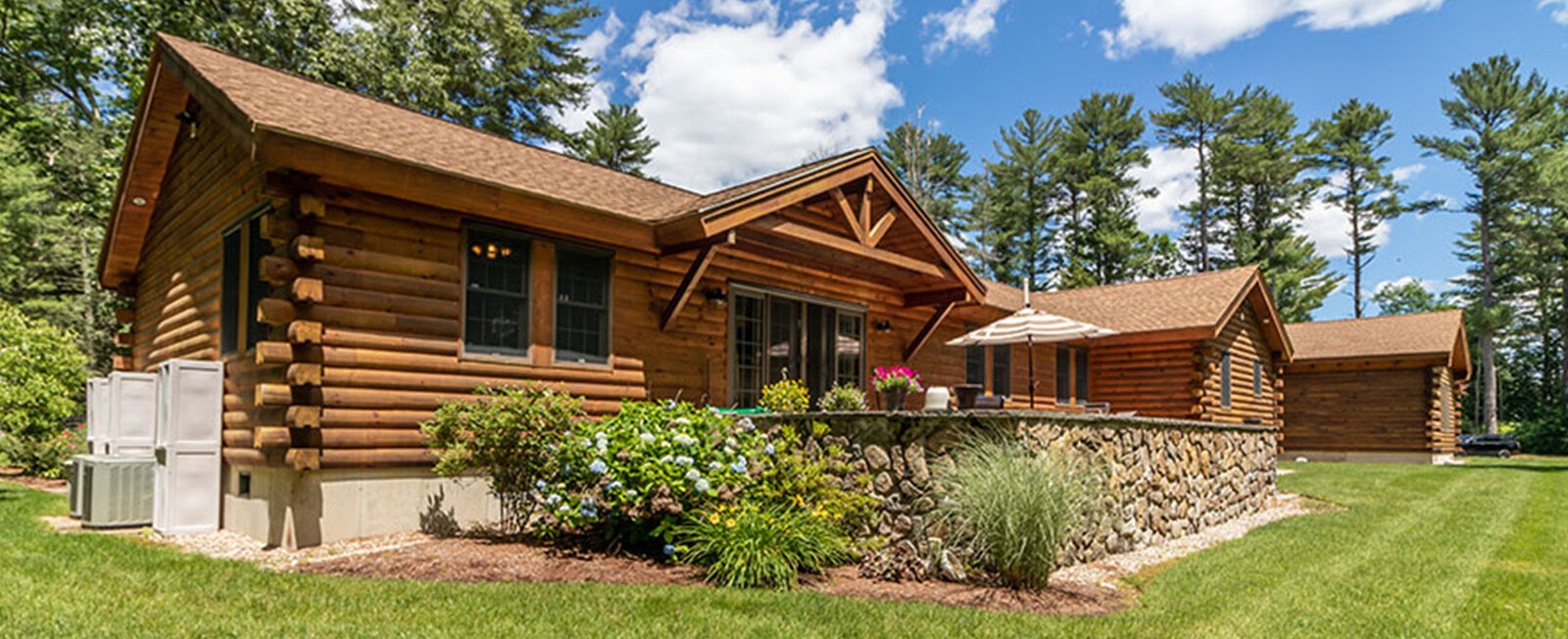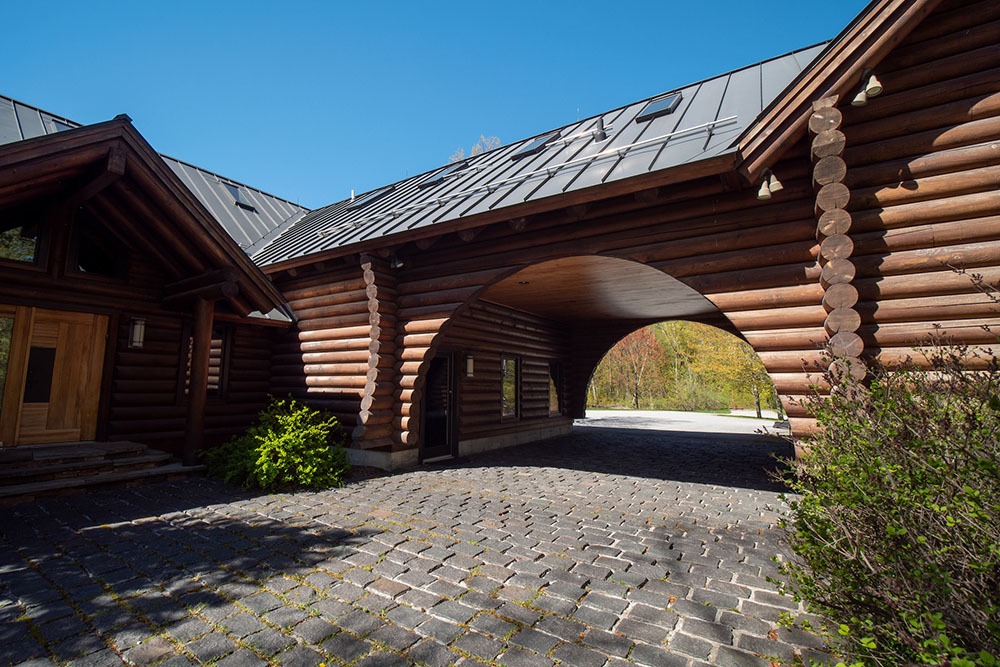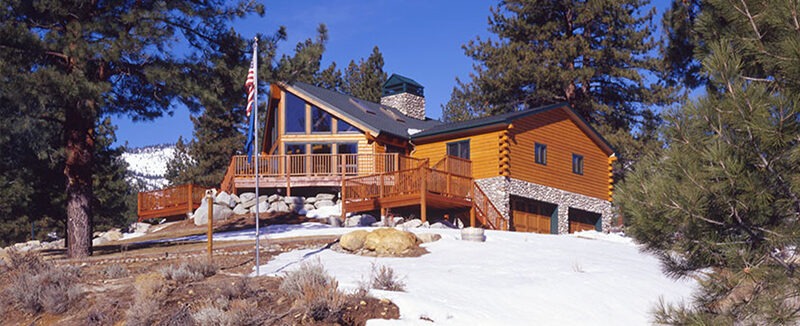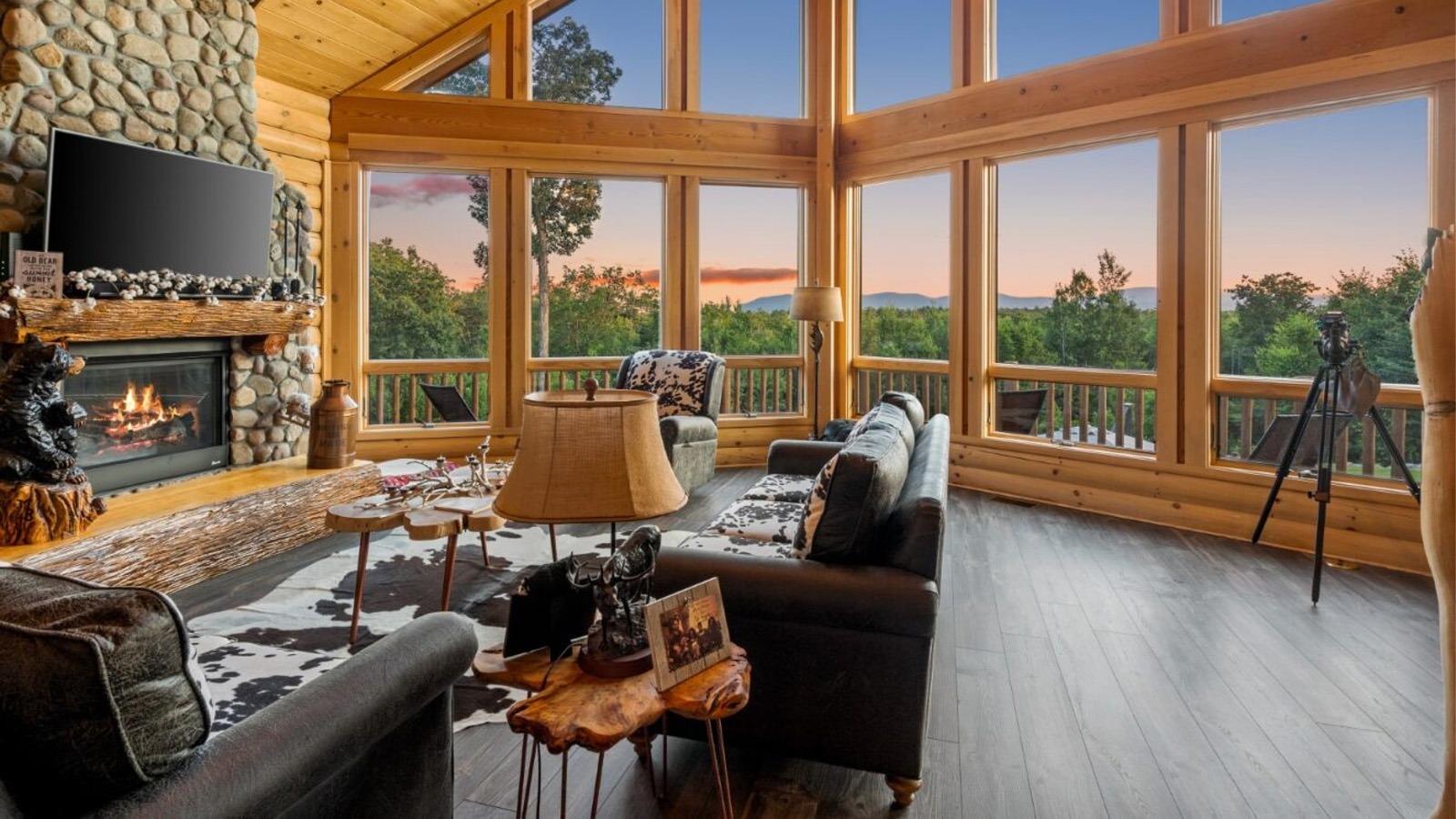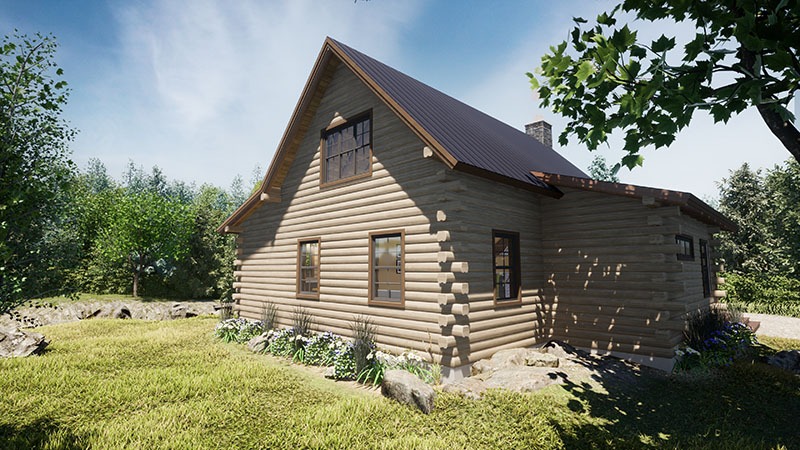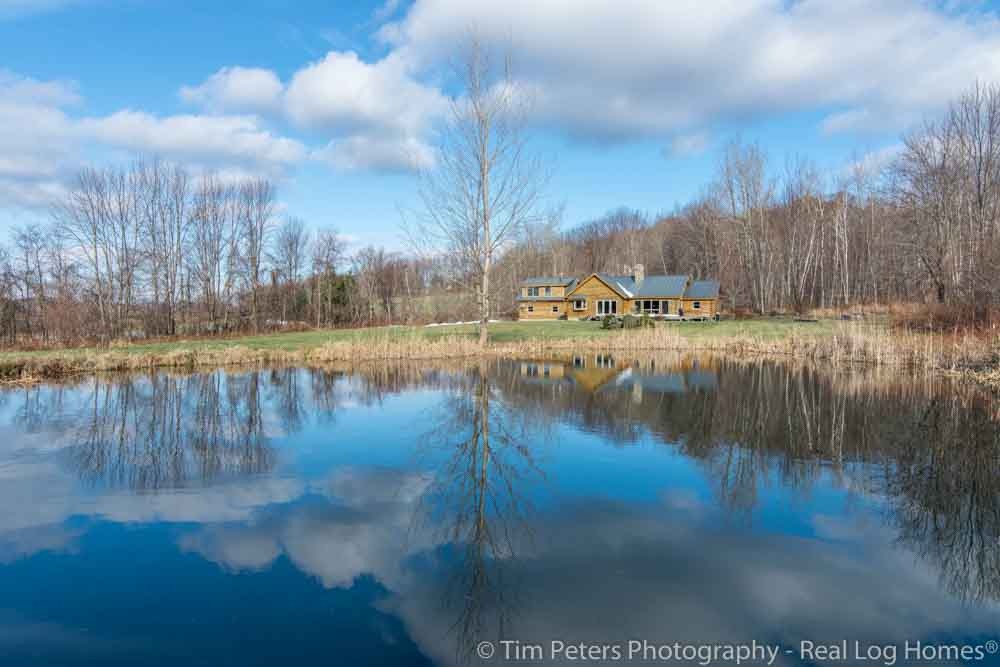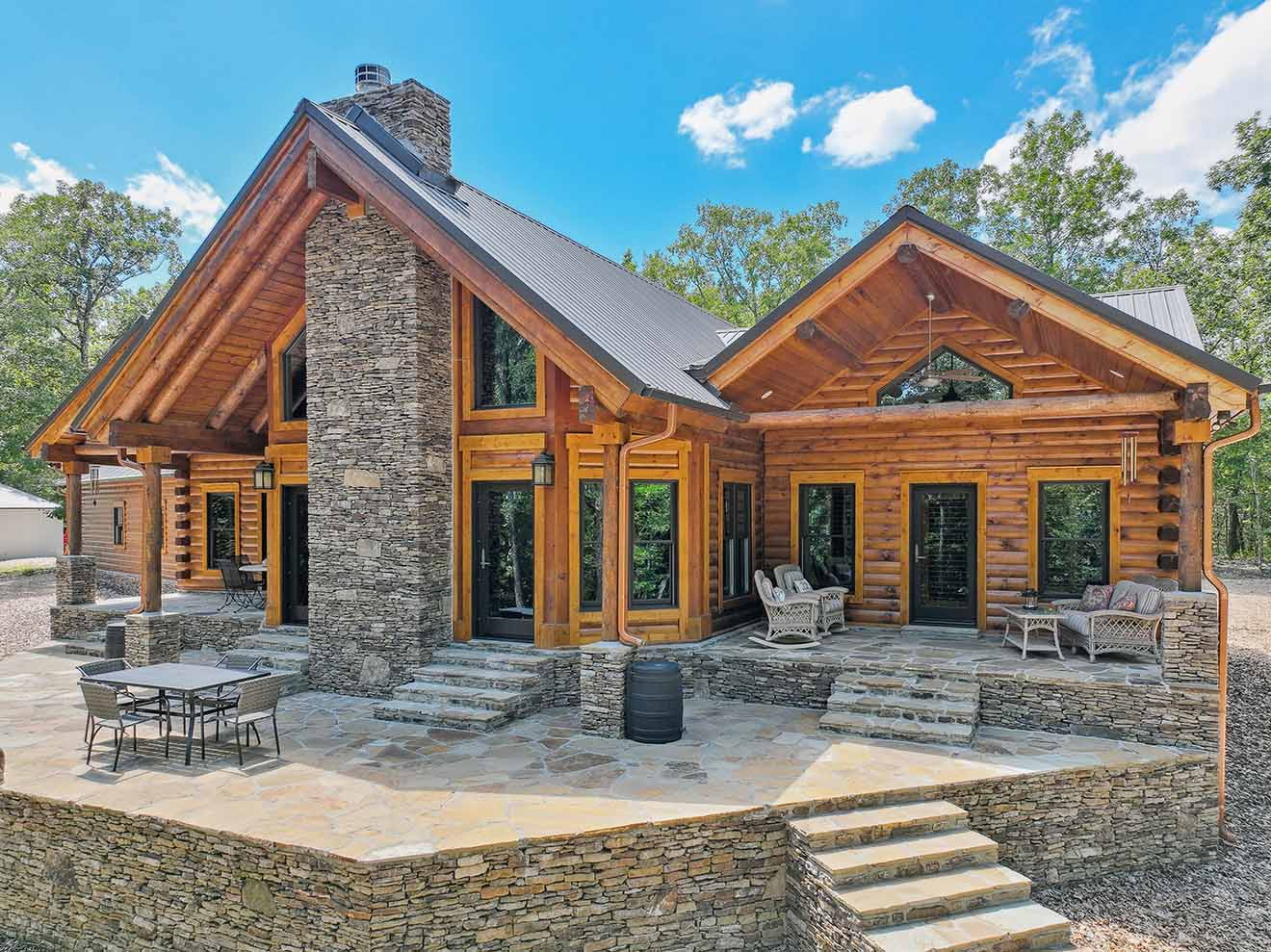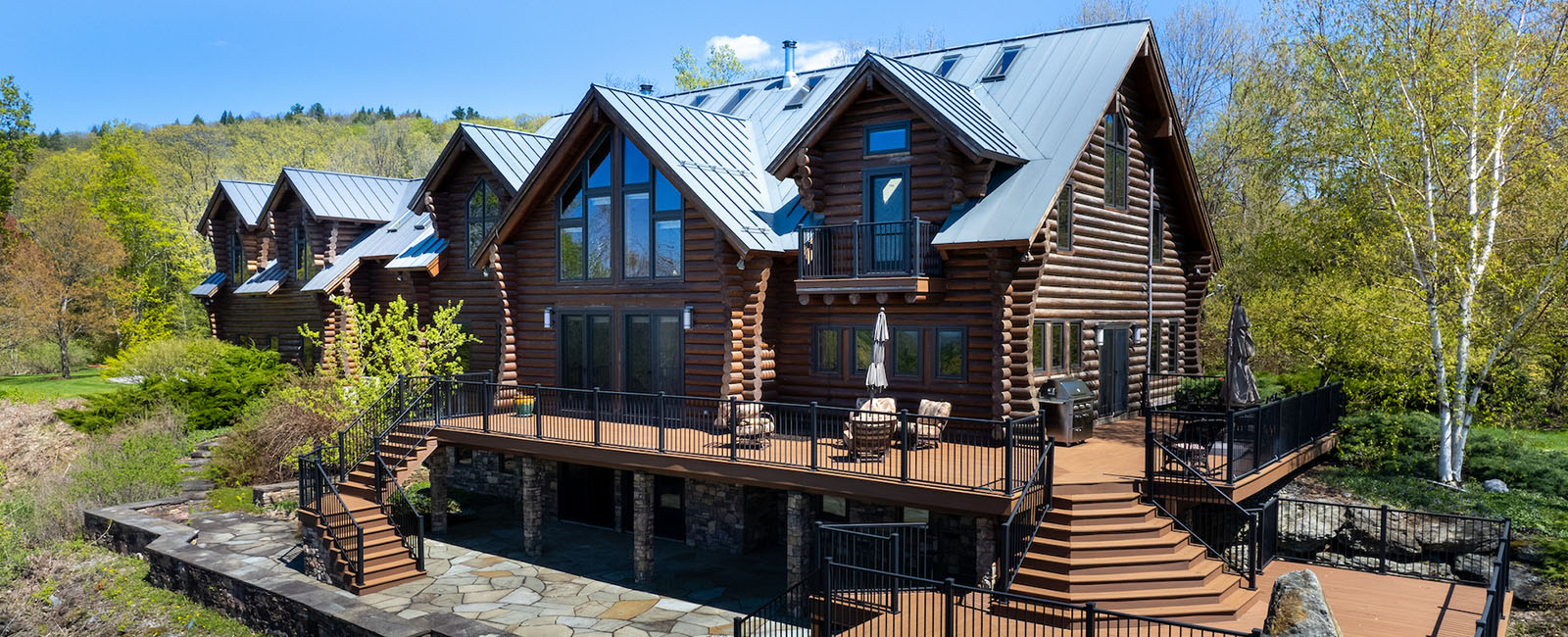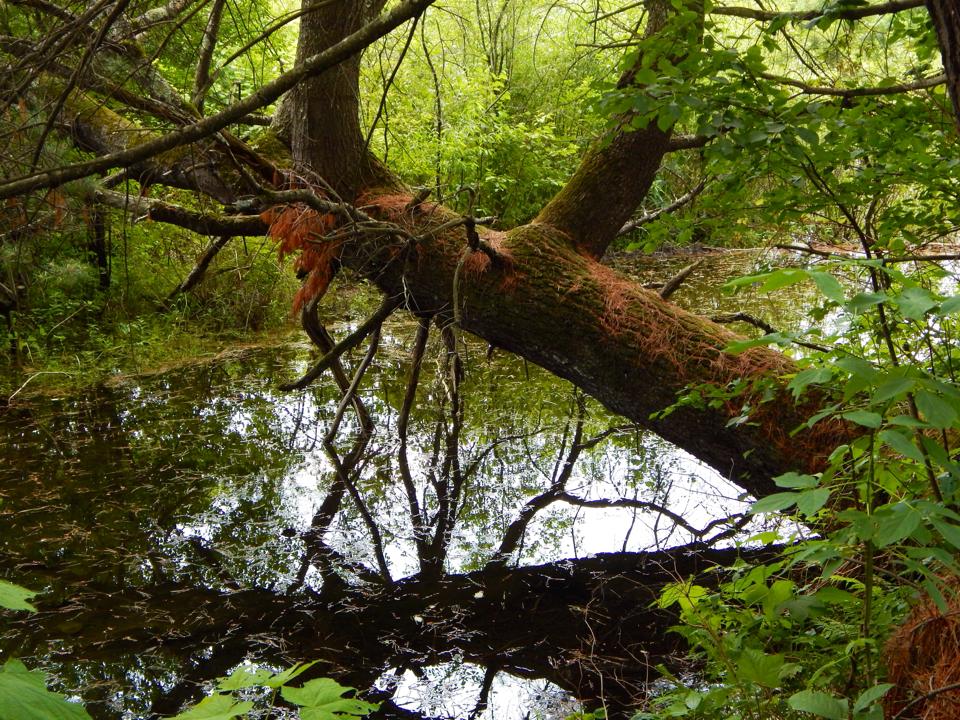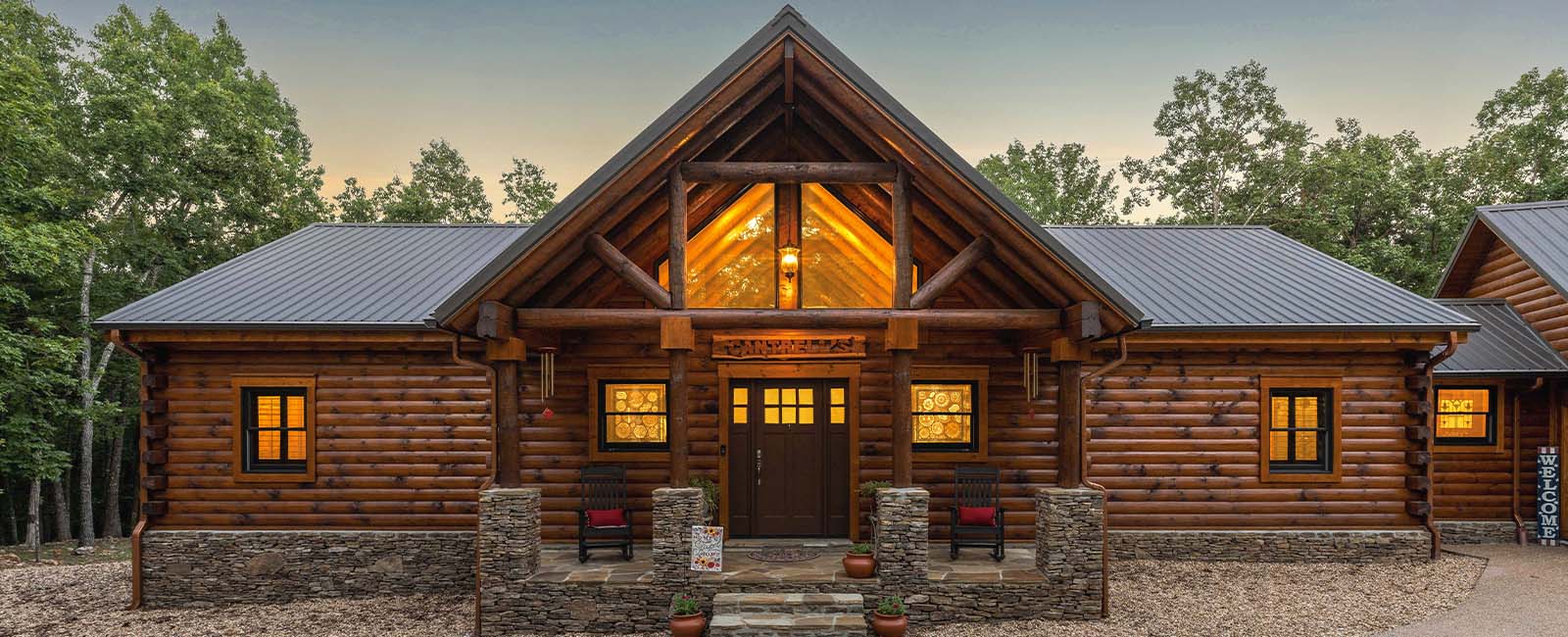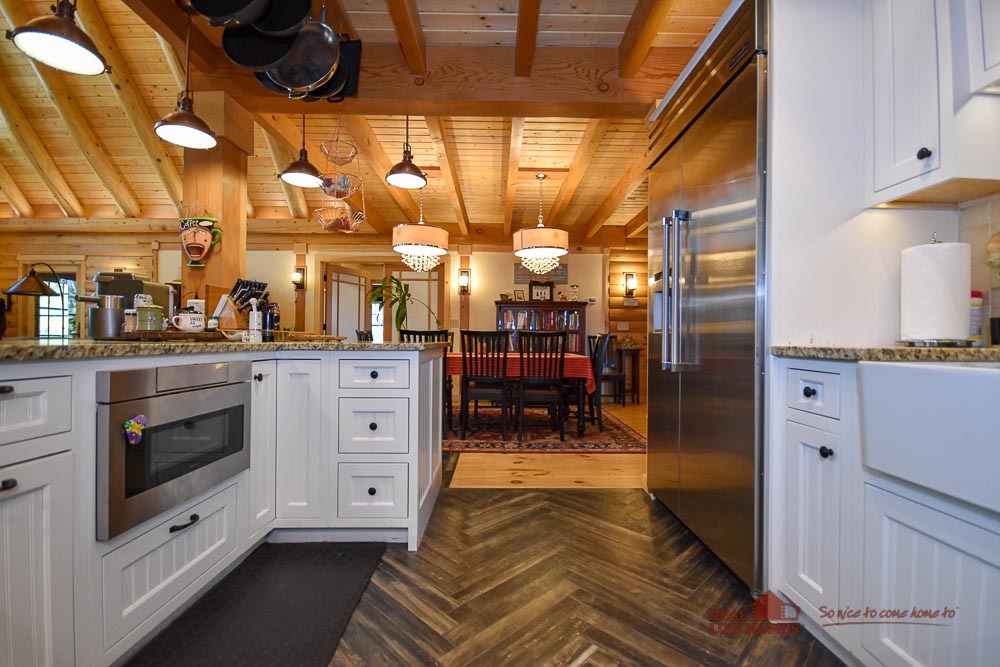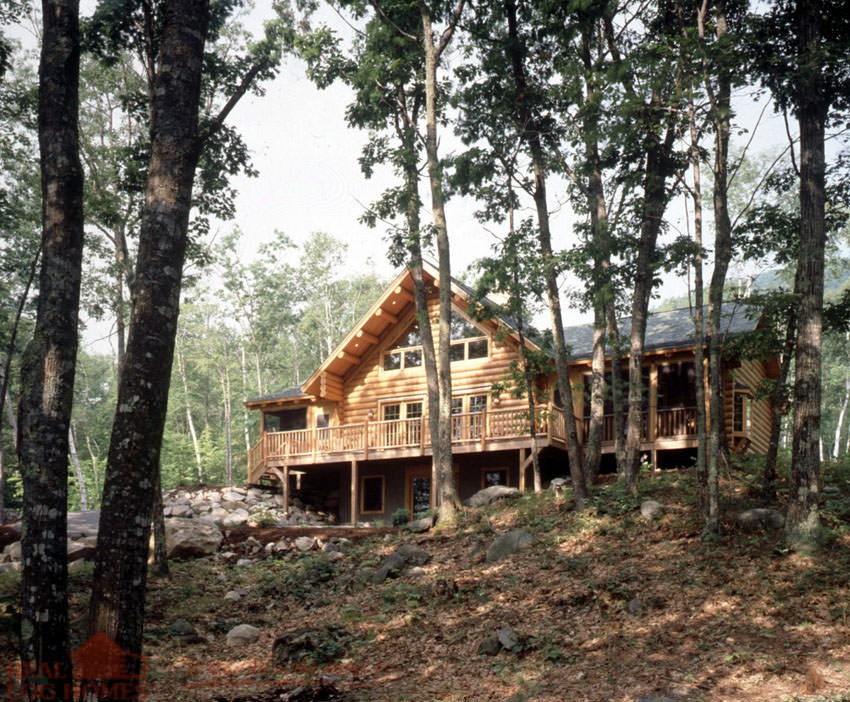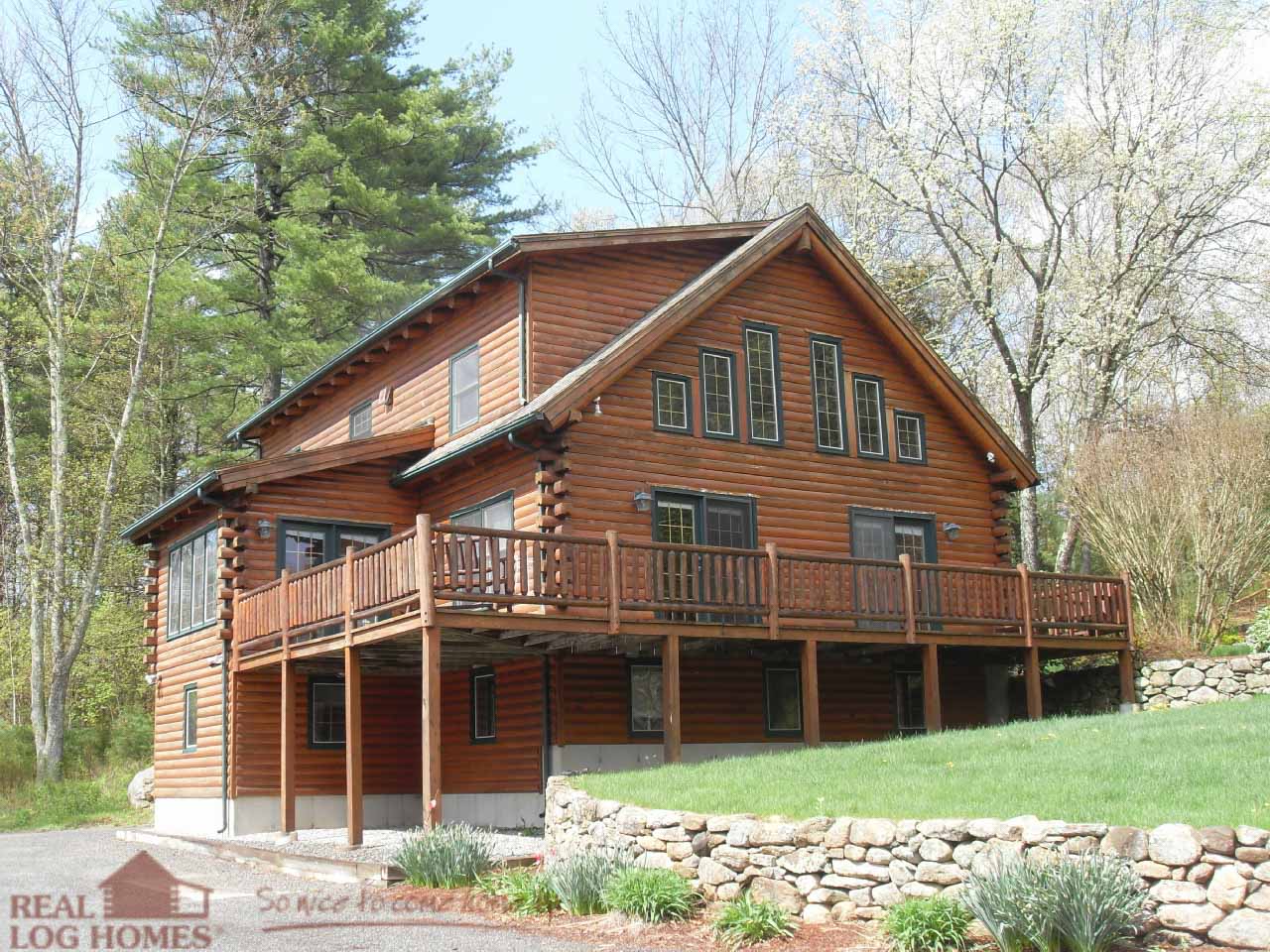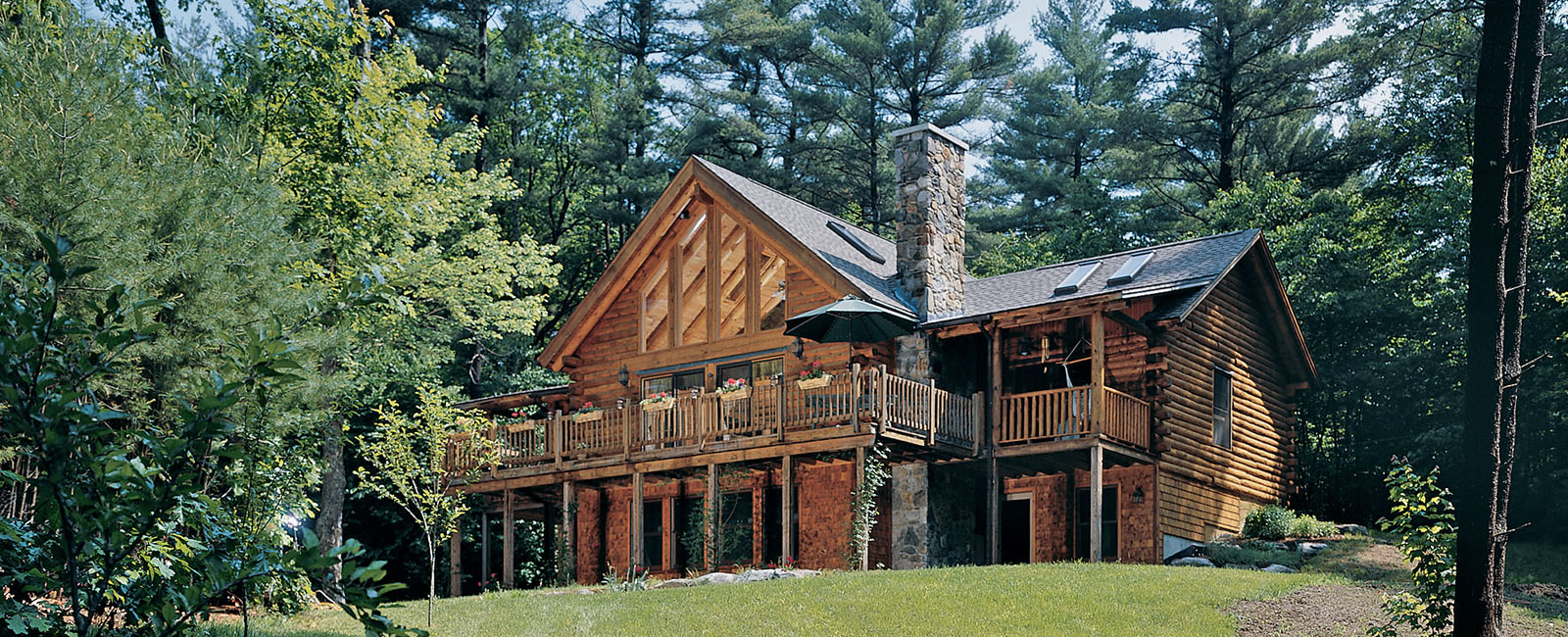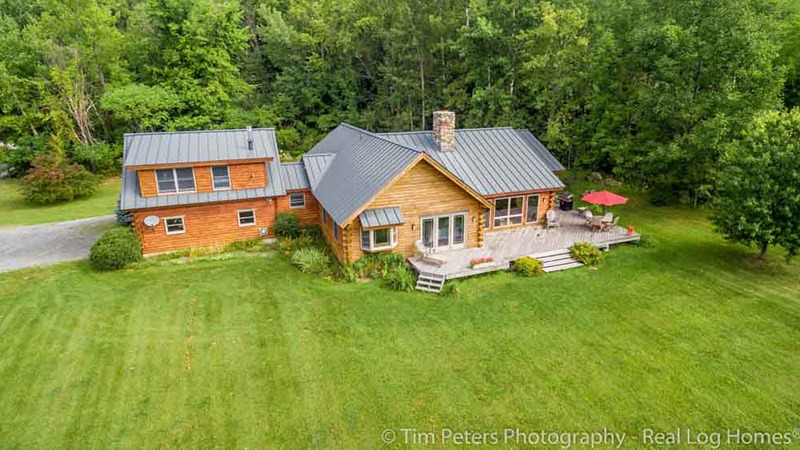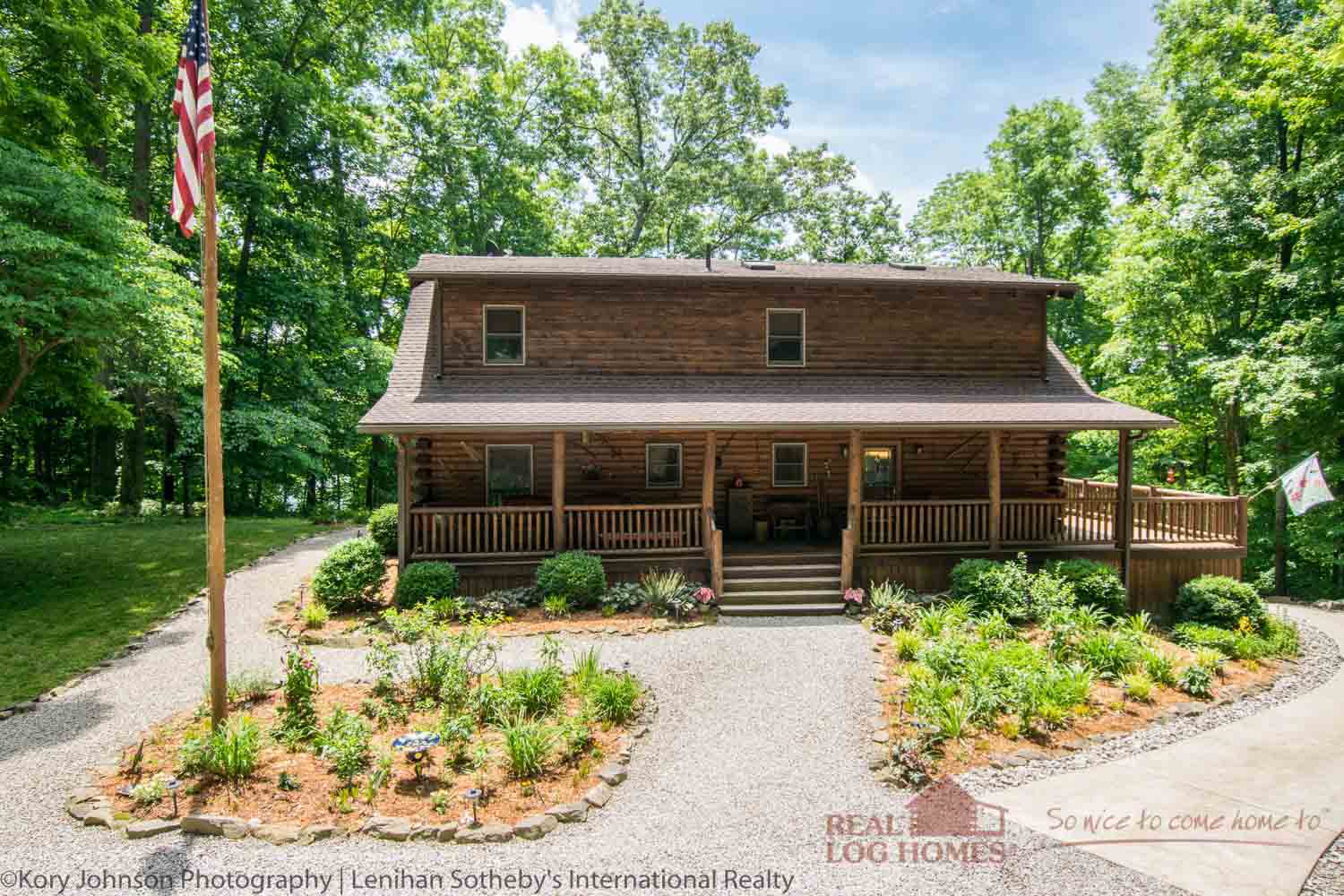As the days get warmer, the humidity in the air also increases. Although we often only consider temperature when thinking about personal comfort, the humidity levels can also greatly affect how we live our lives. Low humidity in the winter can lead to dry skin and painful static shocks, while high humidity in the summer makes weather feel even hotter than the thermometer indicates. By maintaining ideal humidity in a log home, you can feel more comfortable while potentially lowering your energy costs. Here is a guide to maintaining proper humidity levels, tailored to your home’s HVAC system type.
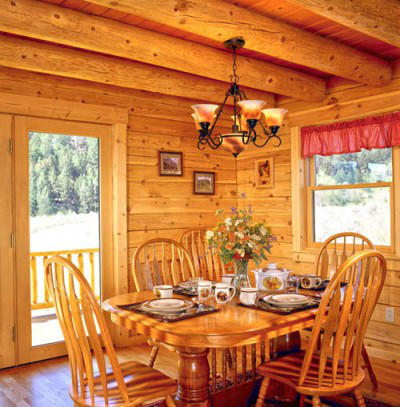
As we discussed in September in our post on settling, the fibers in log timbers shrink as they dry out. While the most important effect of this phenomenon is timbers adjusting to average local conditions, there is also a seasonal variation as the humidity changes throughout the year. There is no preferred humidity at which you must keep a log home, but keeping the inside at a constant relative humidity helps prevent checking in the wood. By maintaining the humidity at a level that is comfortable for people, you also help maintain your home.
The EPA recommends a relative humidity of 35 to 50 percent for the indoors of a home. This level provides a comfortable environment that also prevents condensation or mold growth. In colder climates, it is typically more of a problem to maintain humidity in the winter than the summer. Colder air can carry less moisture than warm air, and when a furnace heats the air it drives out even more of the moisture. If you need to maintain humidity in the winter, then a humidifier system is in order.
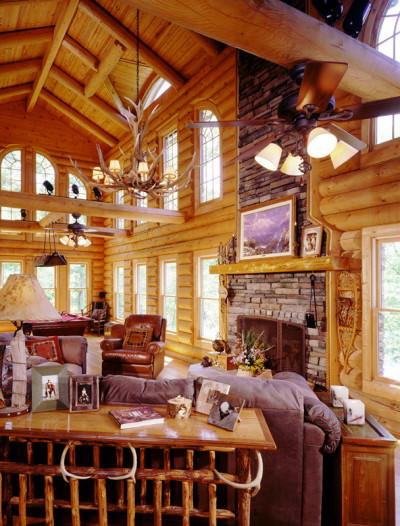
By far the best solution for increasing humidity levels is a whole-house humidifier. This unit ties in with your existing forced-air heating system and typically costs less than $1000. The humidifier will help lower your energy bills since increasing your humidity means that you can be comfortable at a lower temperature. It also has the great advantage of setting a humidity level and the unit will take care of the rest. If you do not have a forced air system, then portable humidifiers can help with your home’s humidity. These units typically cost under $200, but you may need more than one to cover your home and they will need to be frequently replenished with sterile water.
Air conditioners reduce humidity in the summer, and for many homeowners, this is the most summer humidity control they need (if any). If you are located in a very humid location, or if you wish to control your humidity with or without air conditioning, then a dehumidifier system can help. Again, a whole-house system is the preferable option. It works oppositely to the humidifier; you set a preferred humidity and it extracts water from the air to reach that level. Portable units are cheaper and work without a forced-air system, but they can be noisy, and their collected water must be drained frequently.
To learn more about building a new log home, or to ask any questions about the homes shown in this post, please call Real Log Homes today or fill out the form below for more information.
.


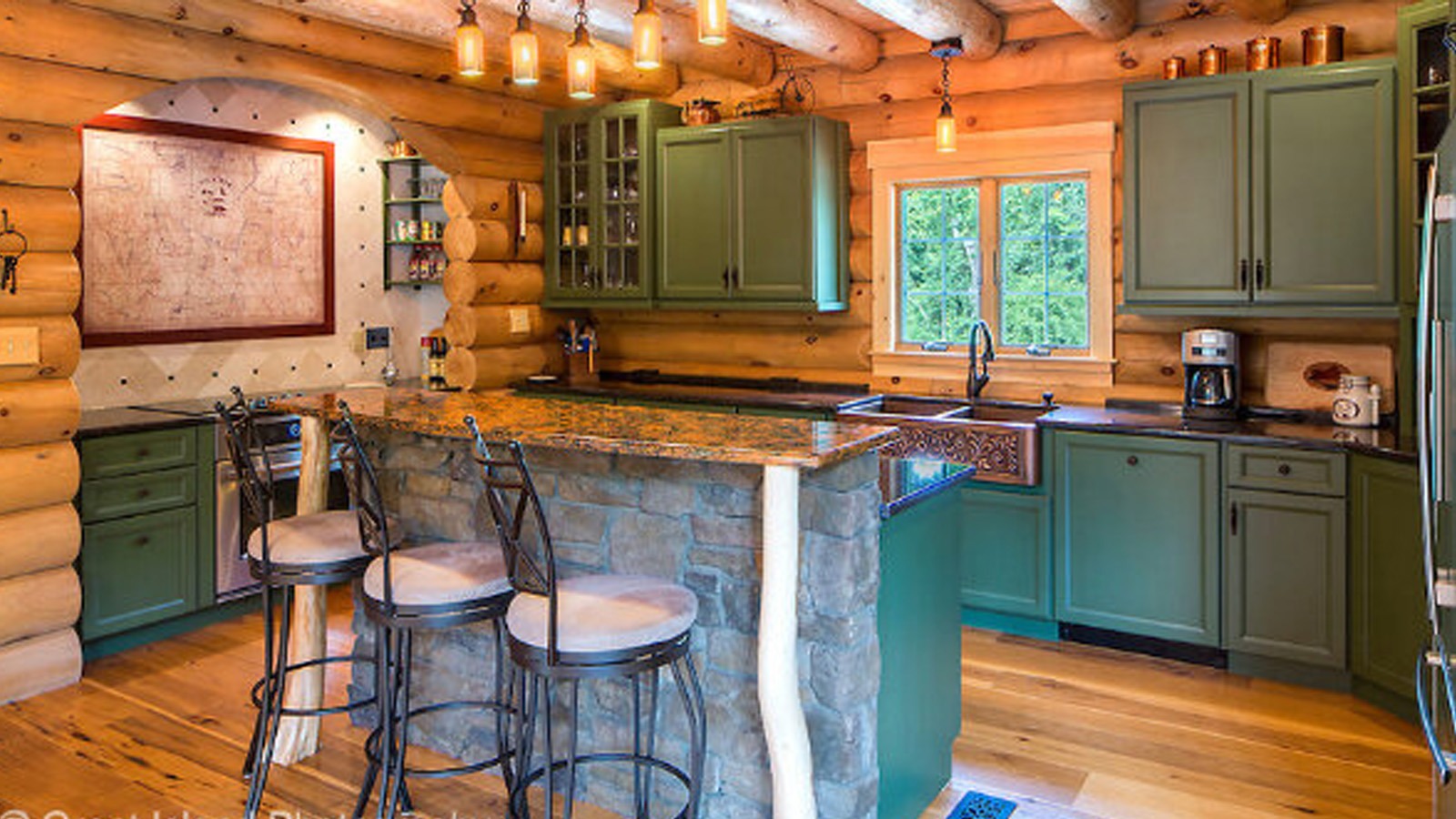

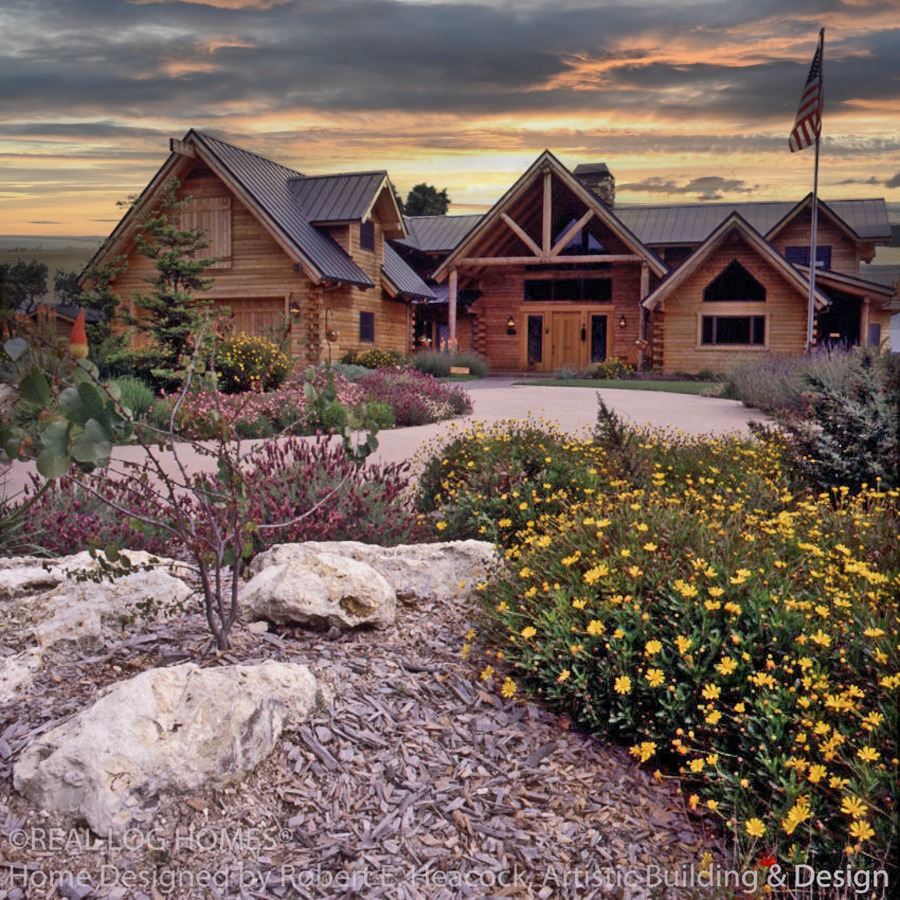

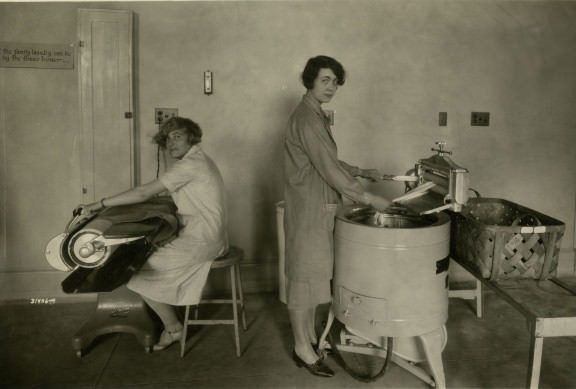
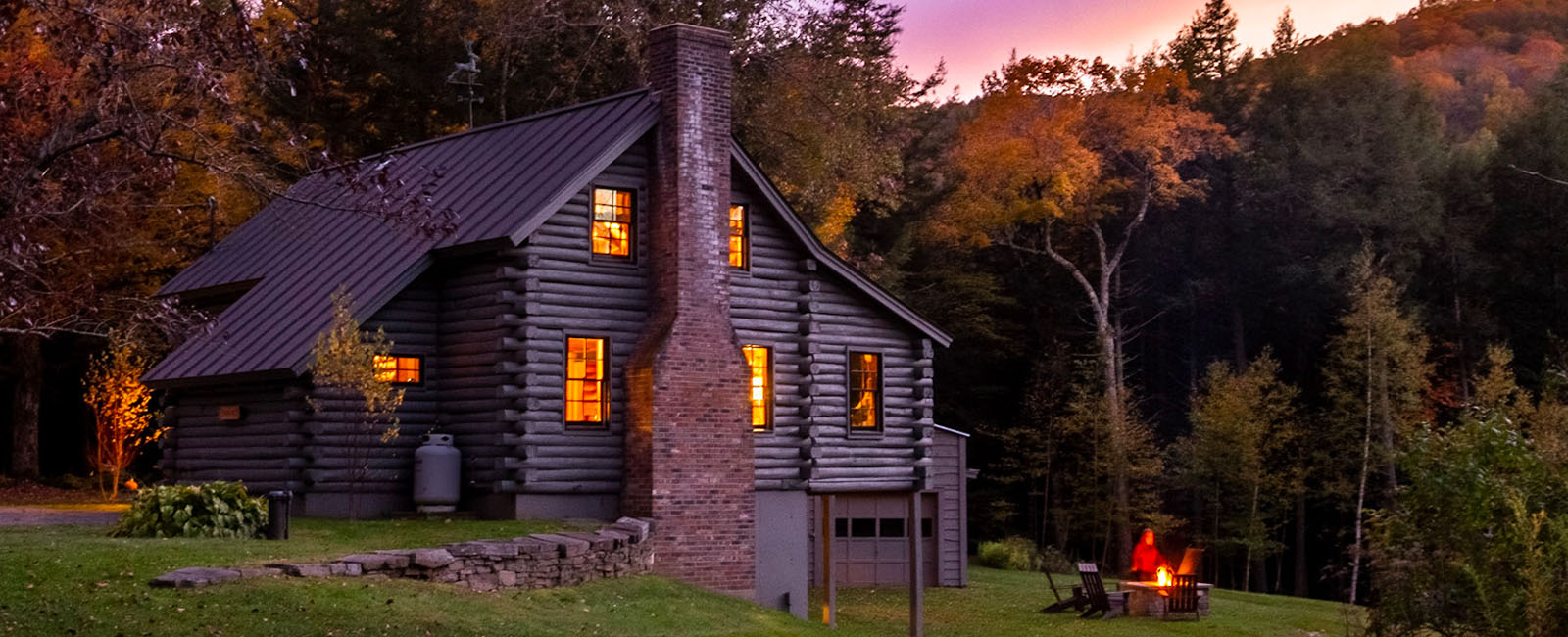


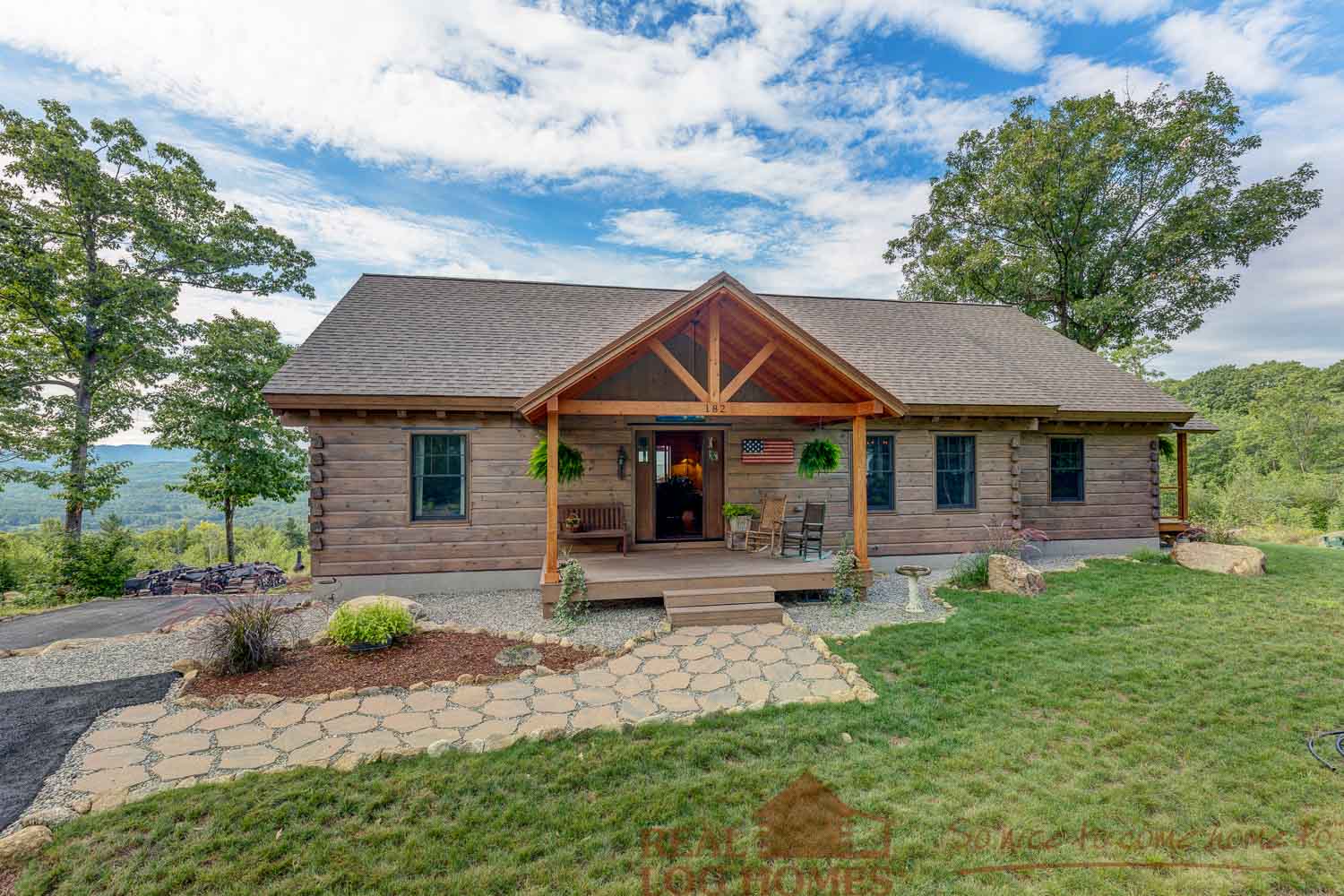
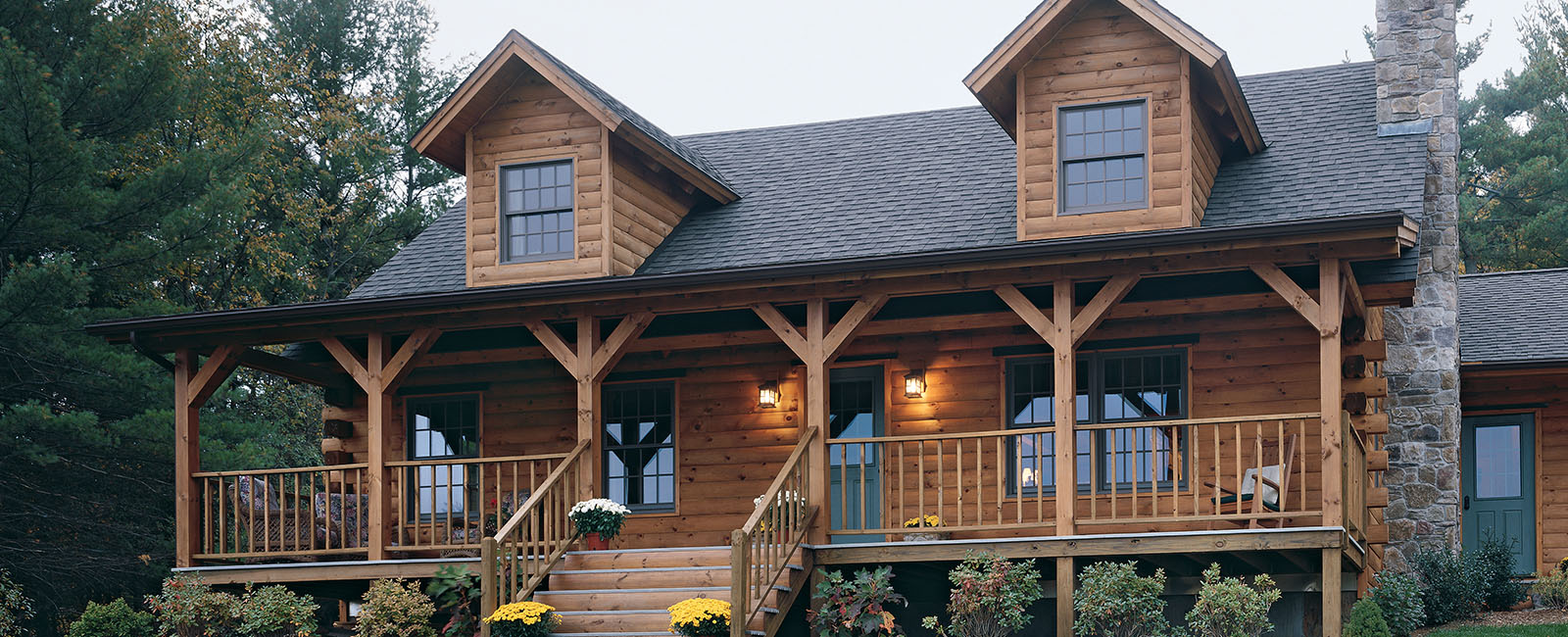
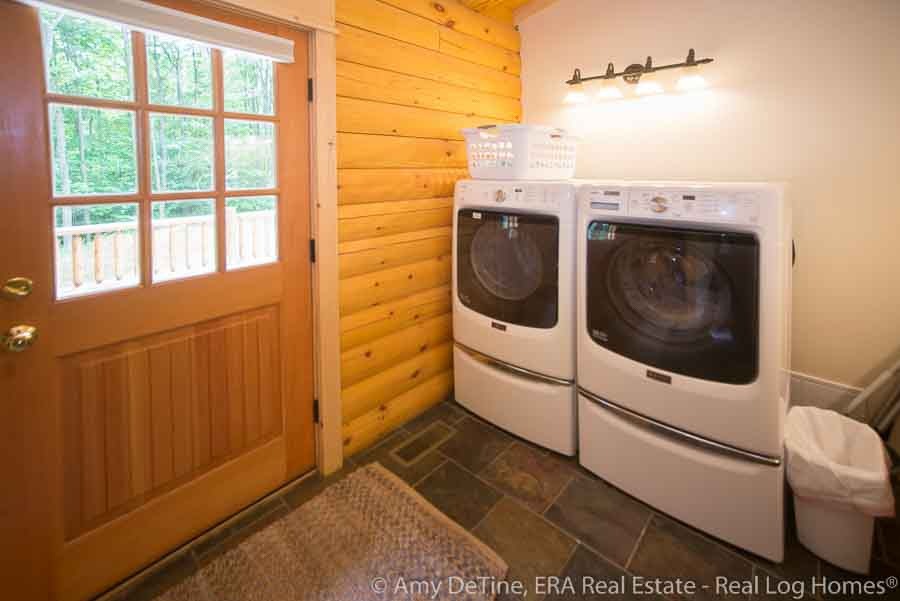

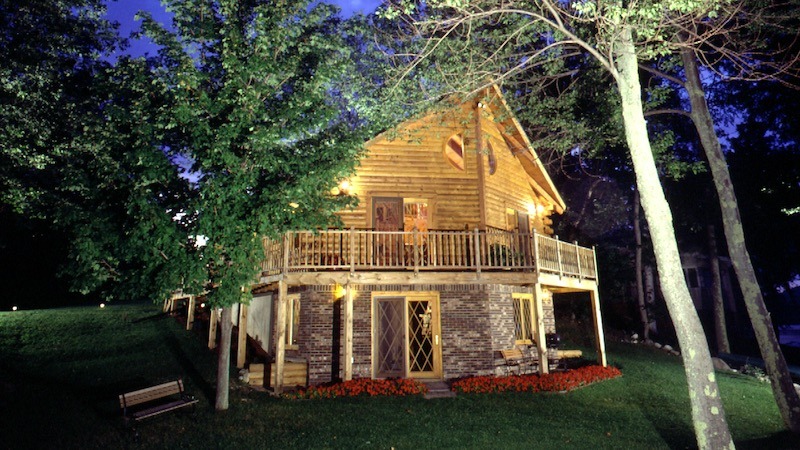
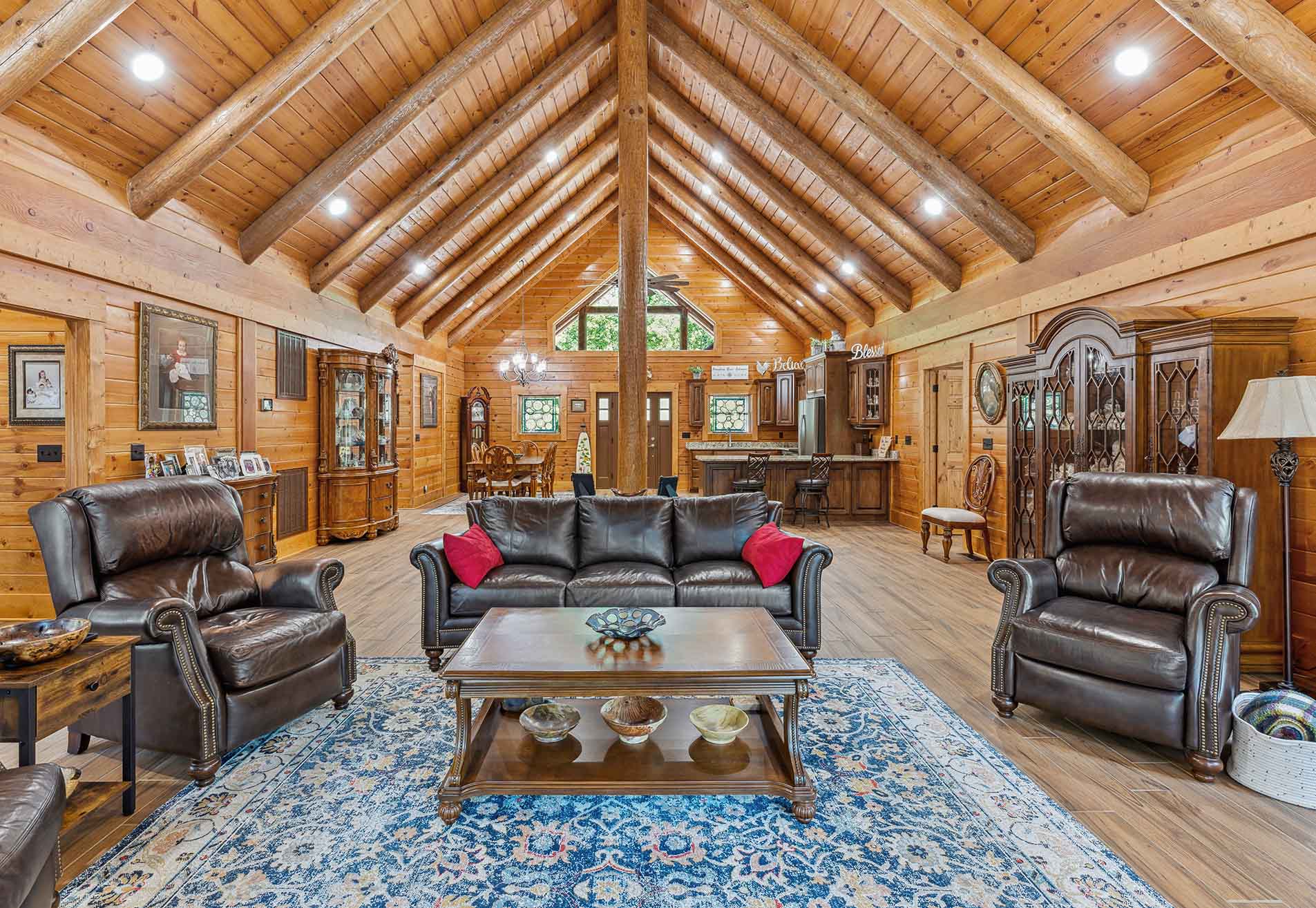
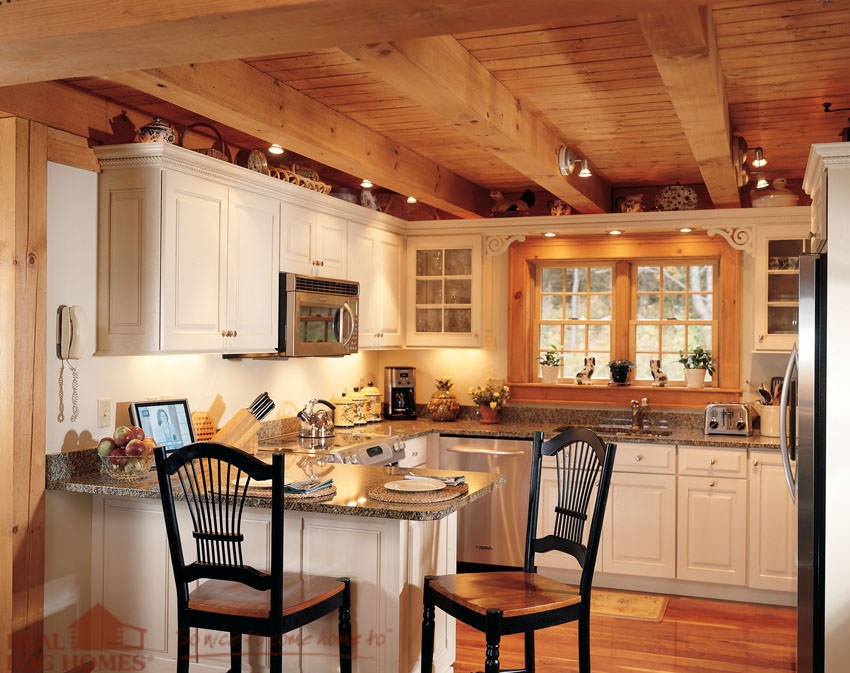
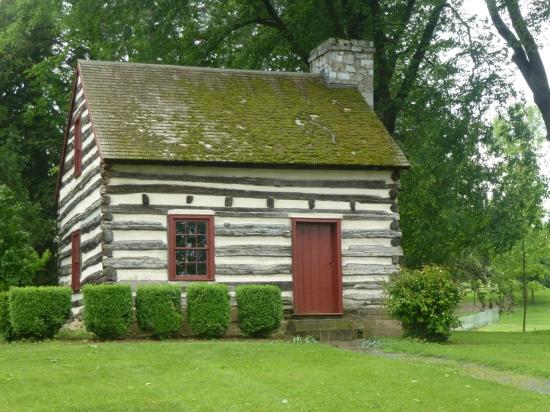




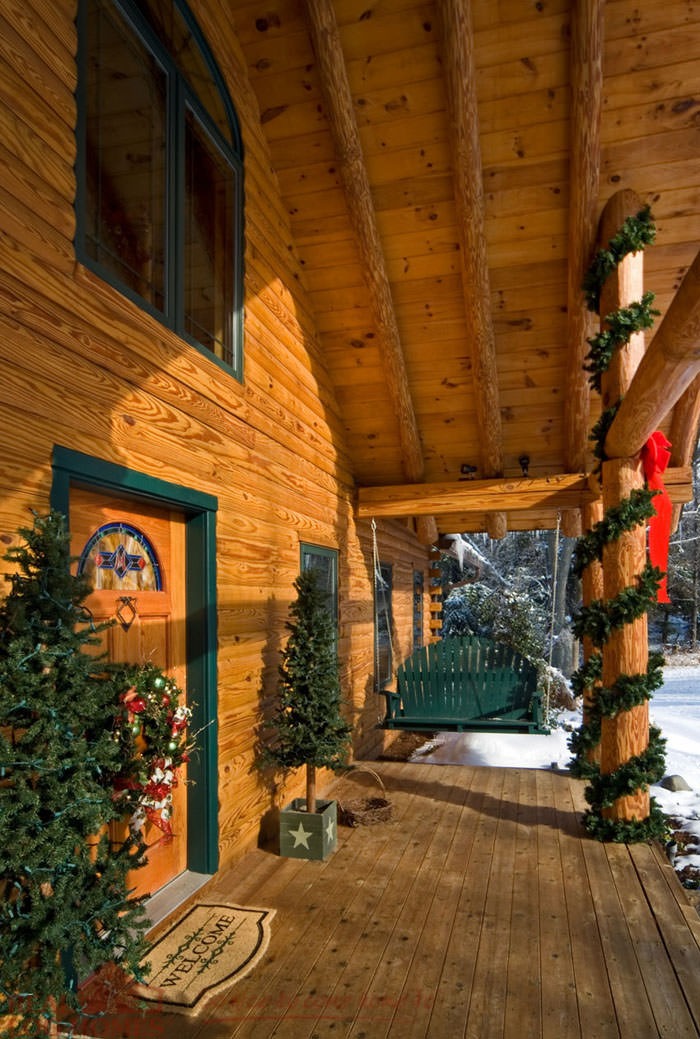
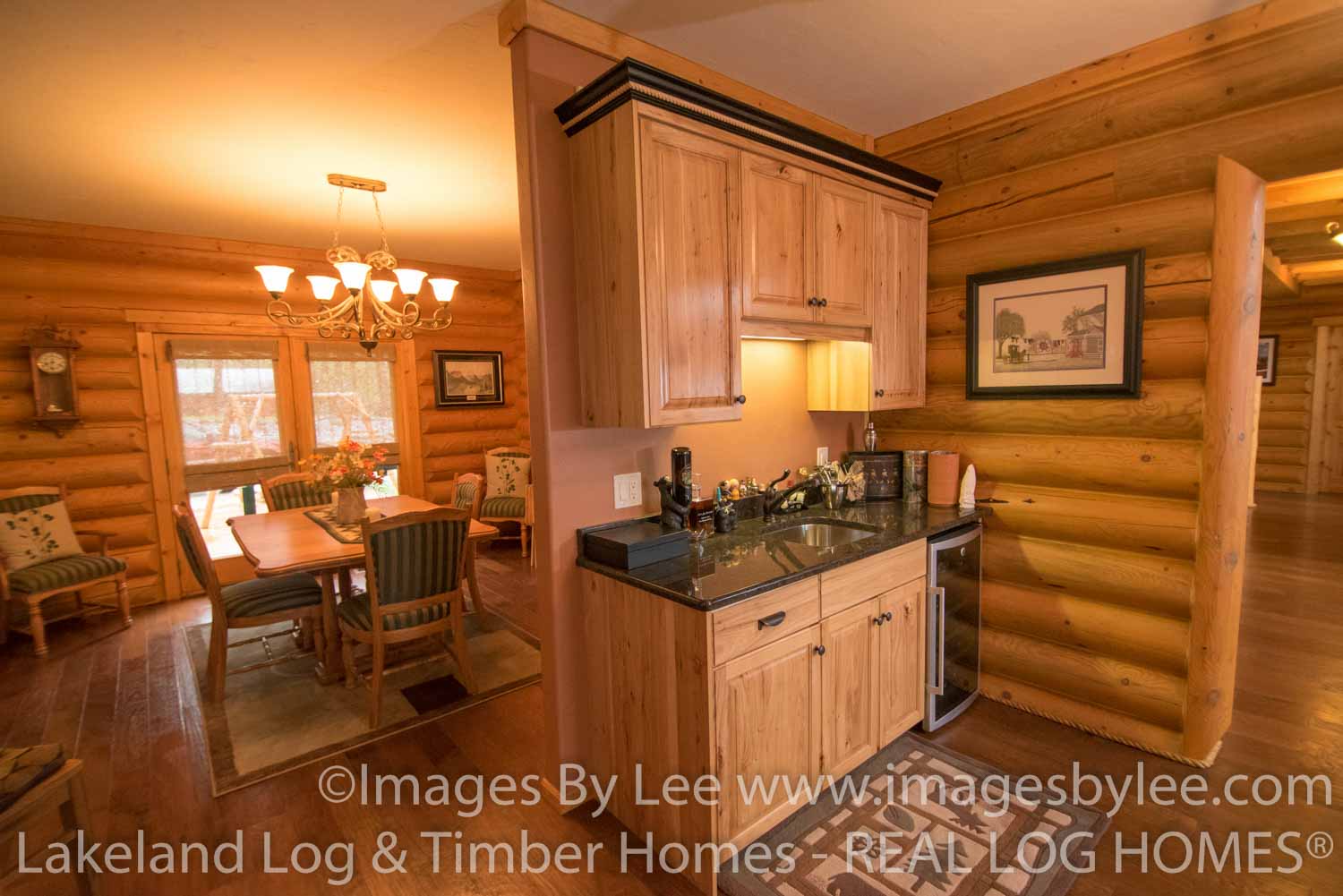

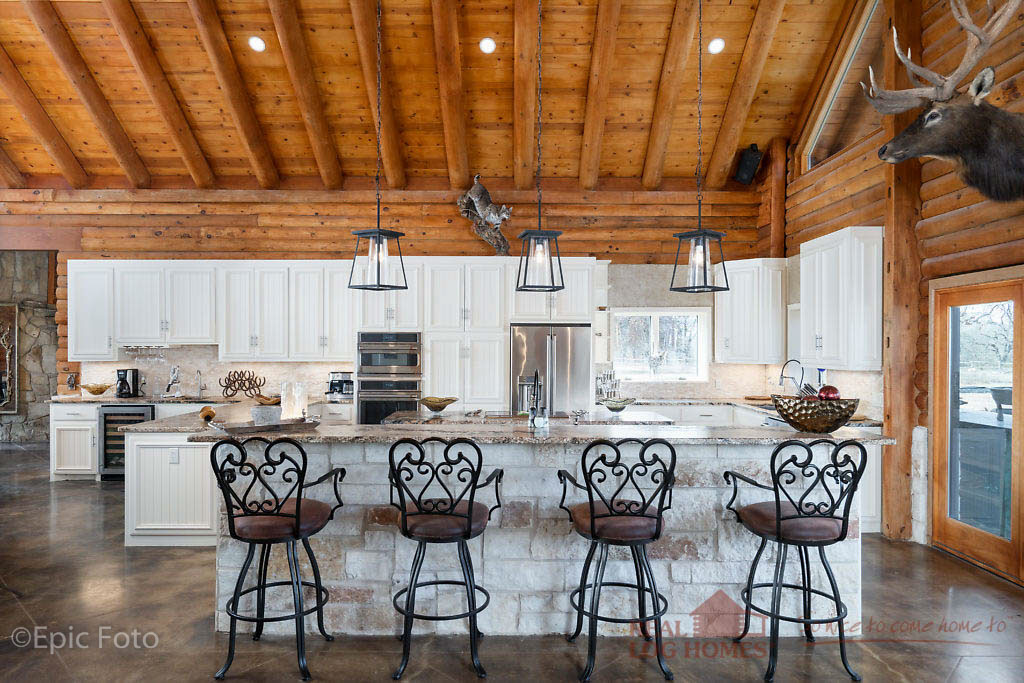
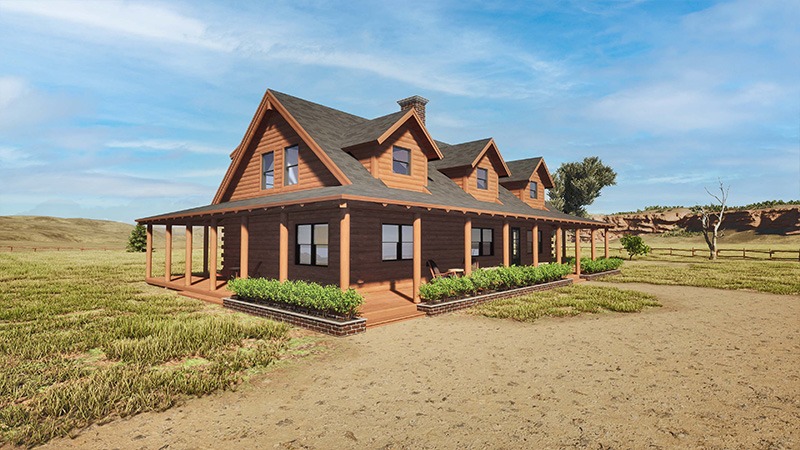
![[KAB-IN] Vermont - Renovated 1972 Real Log Homes Rental Cabin](https://realloghomes.com/wp-content/uploads/2019/03/Cavendish-KAB-IN-Woodstock-VT-52.jpg)
